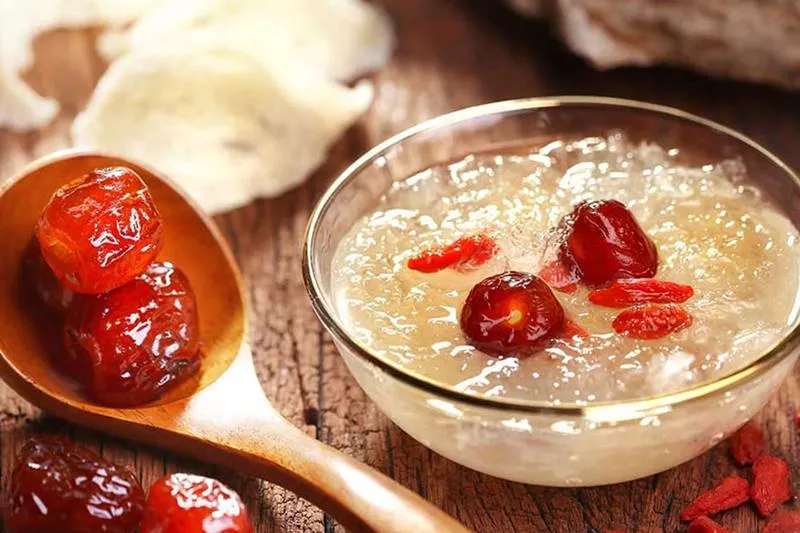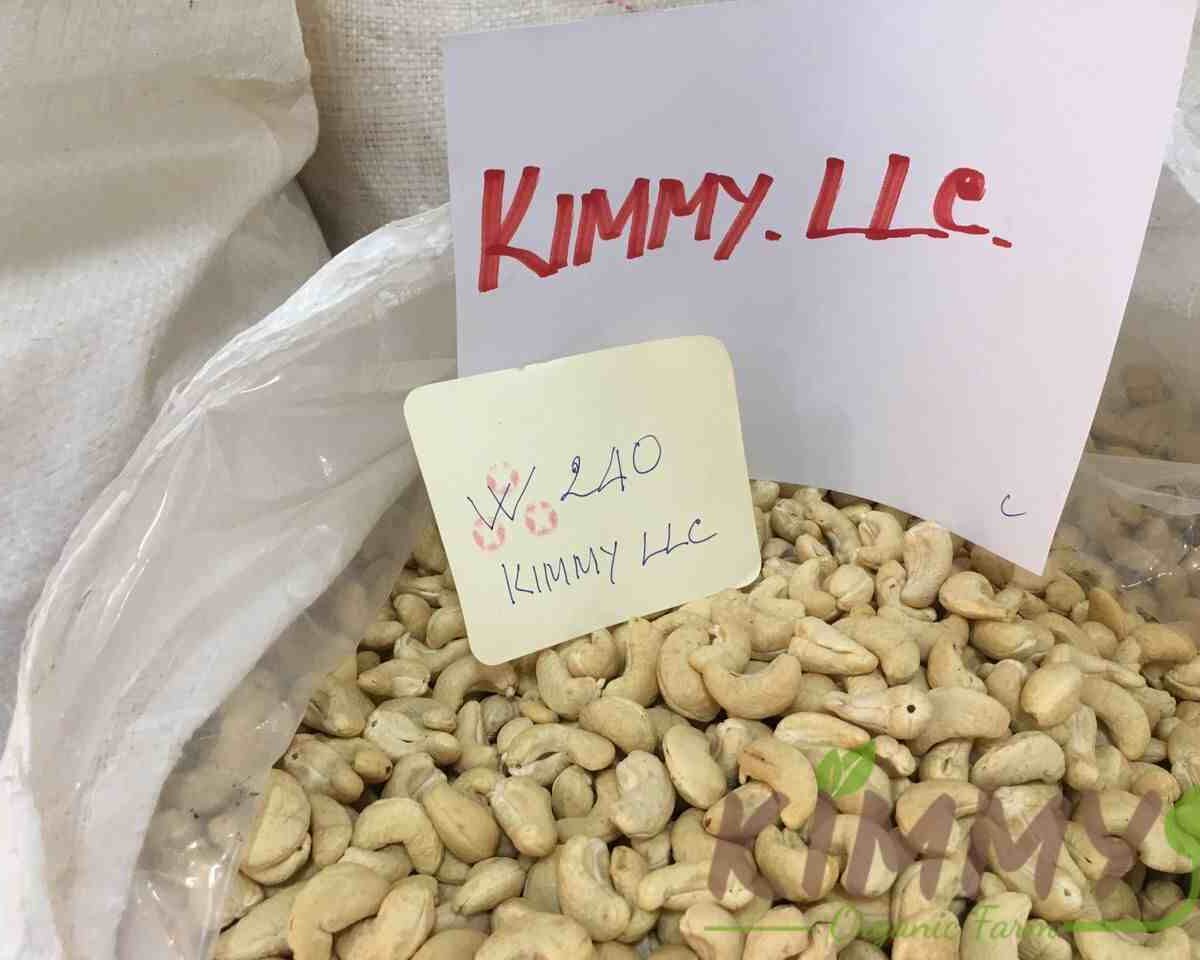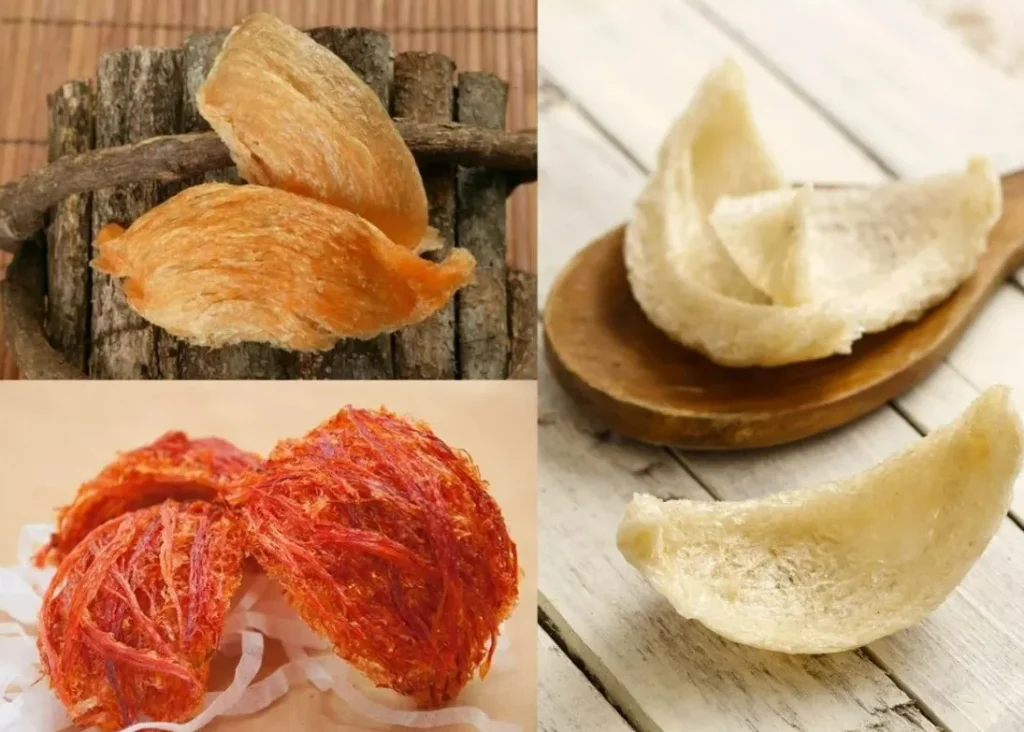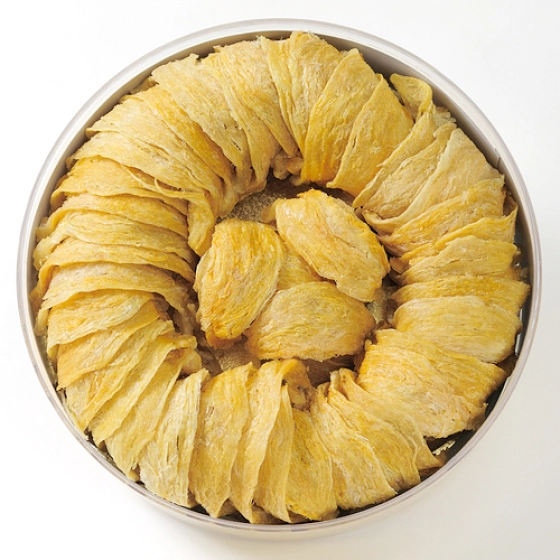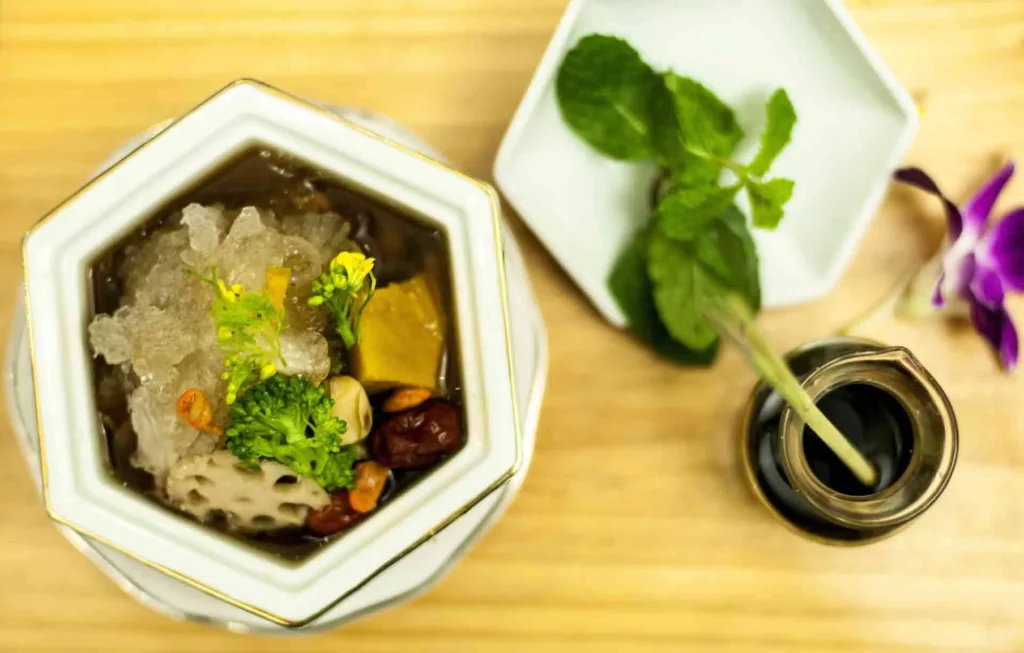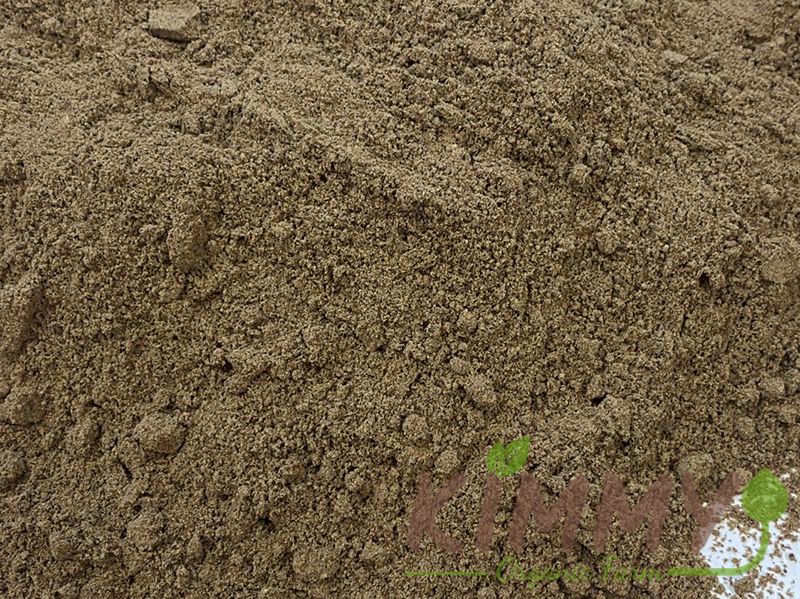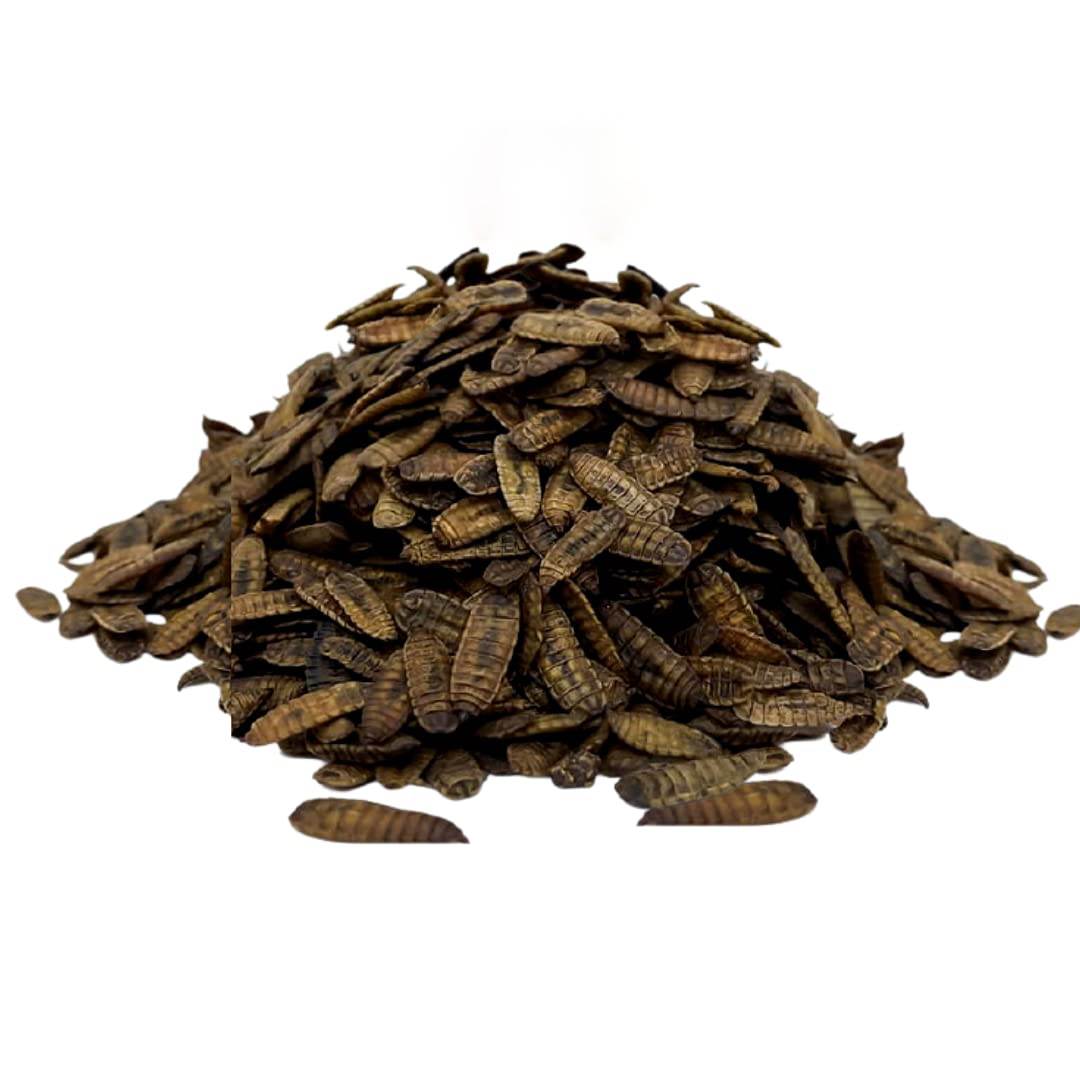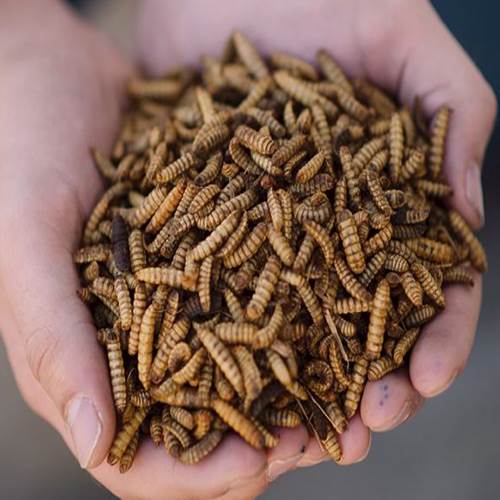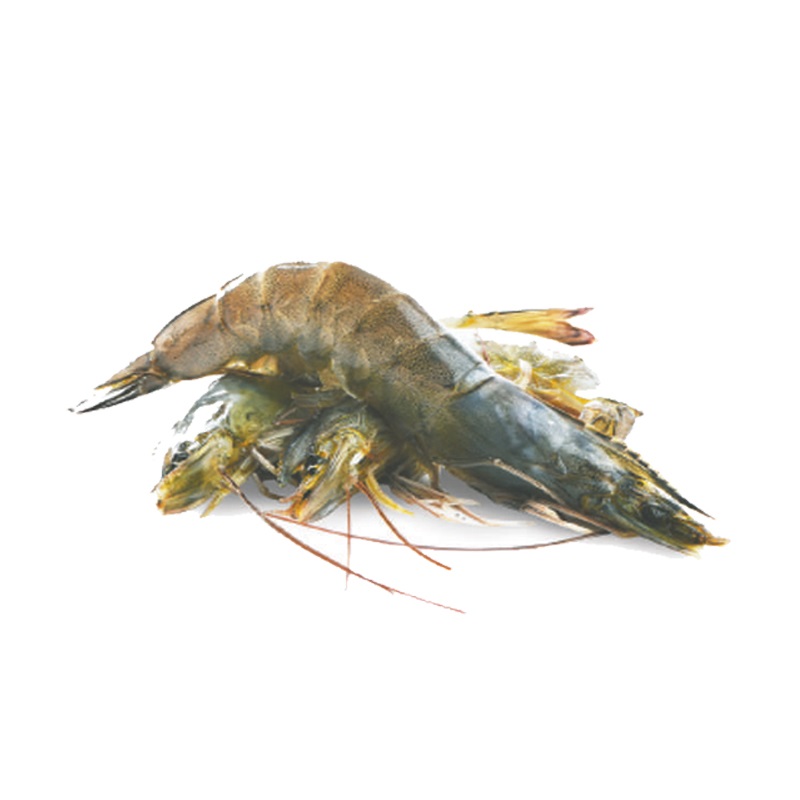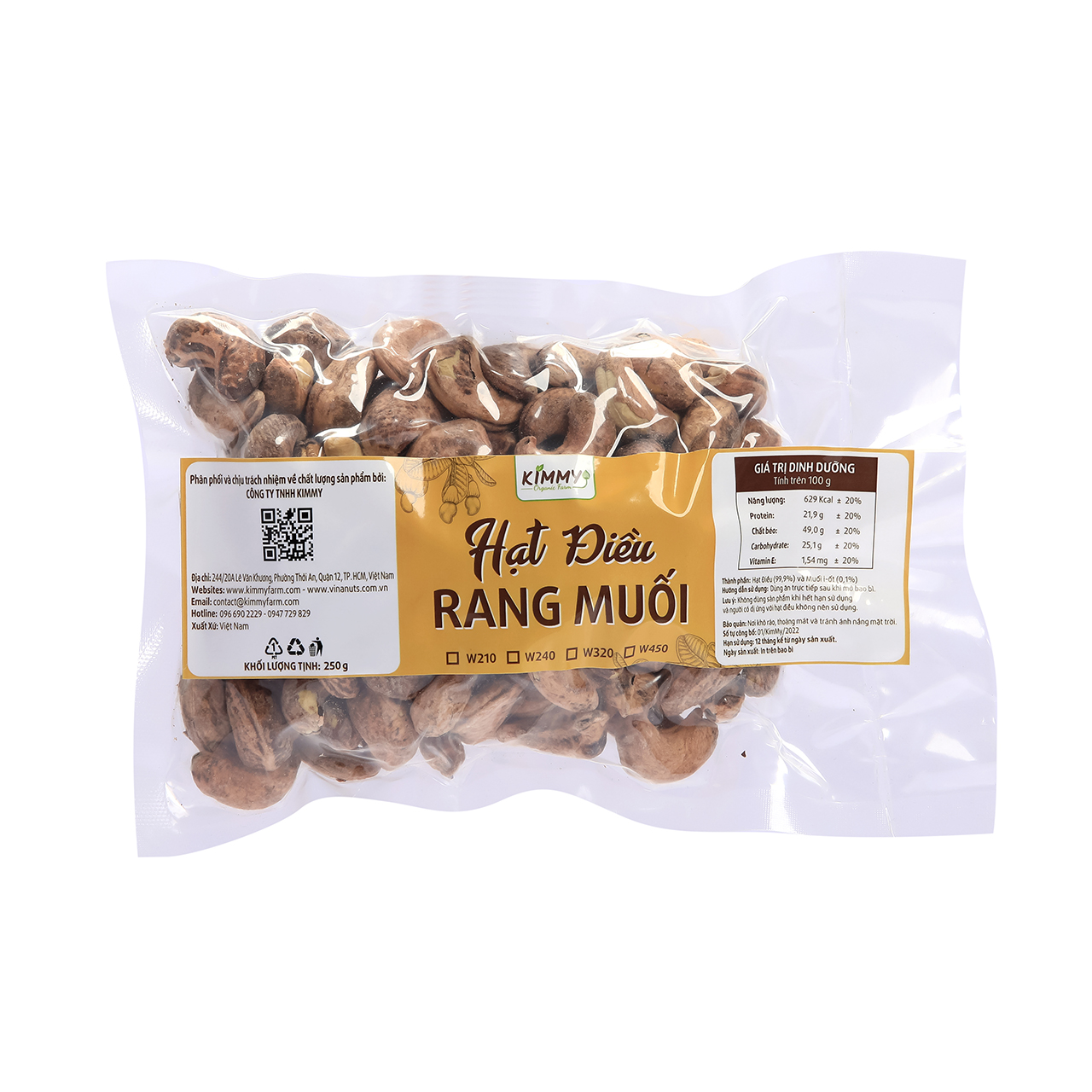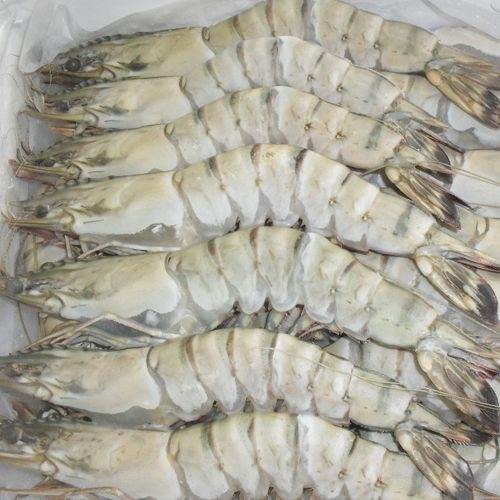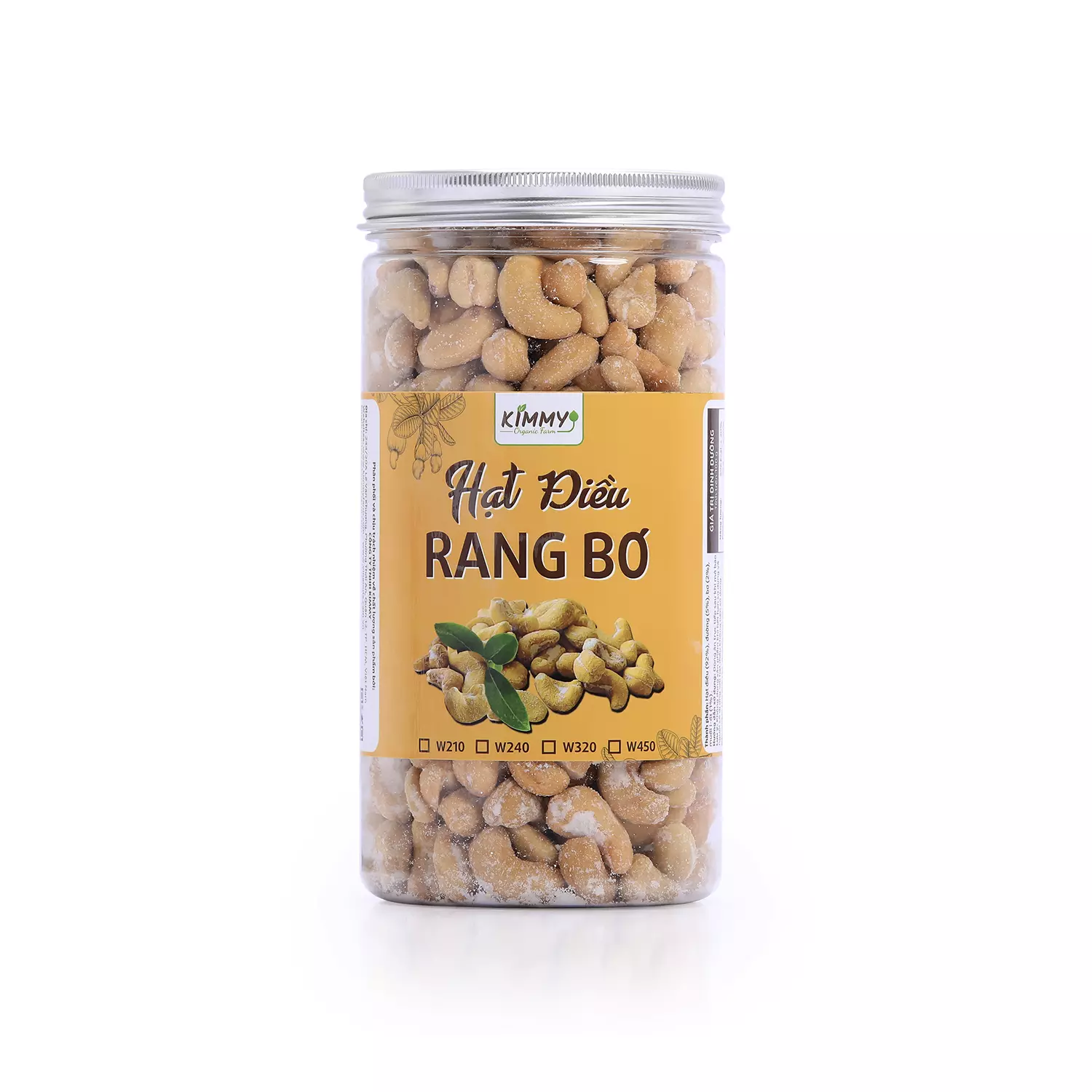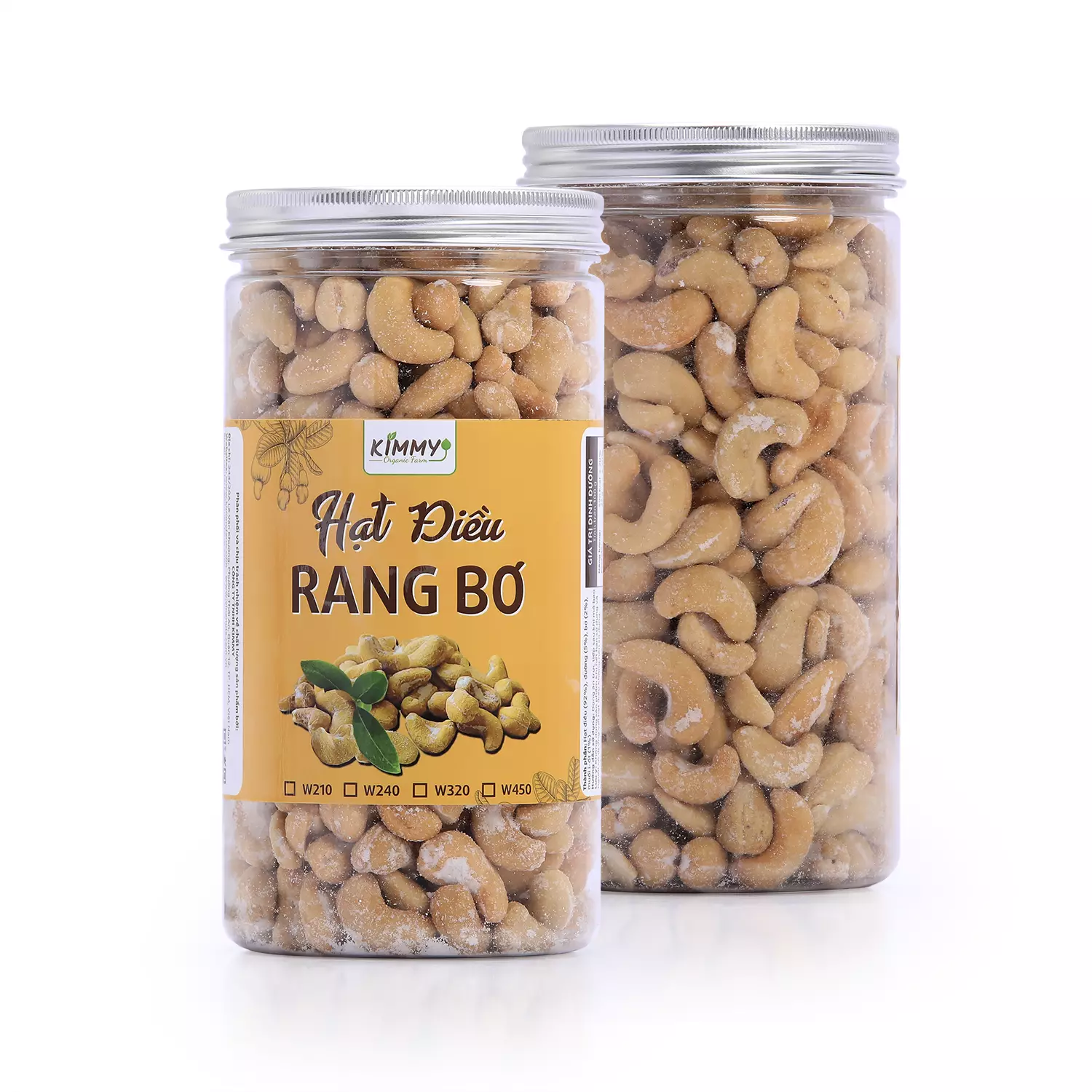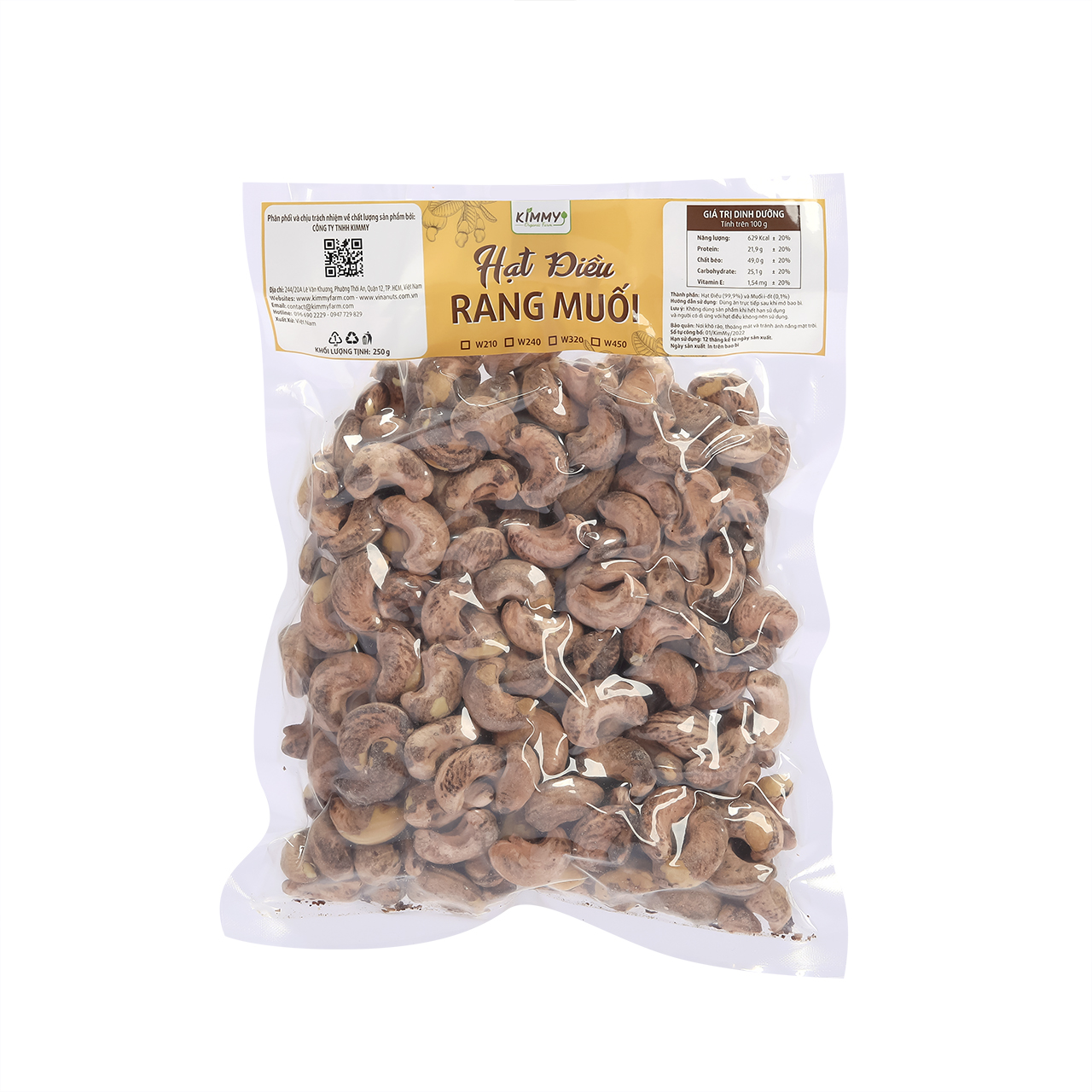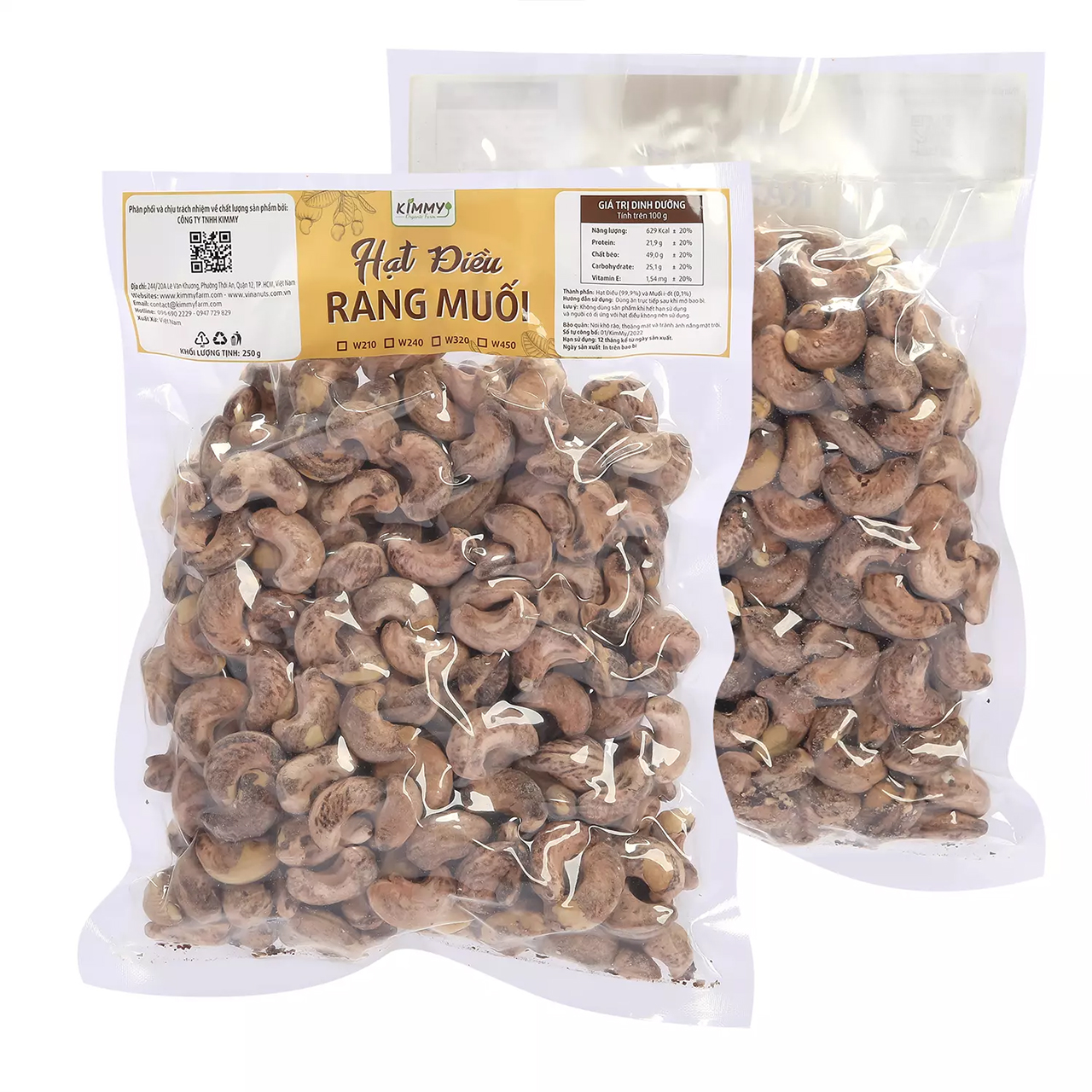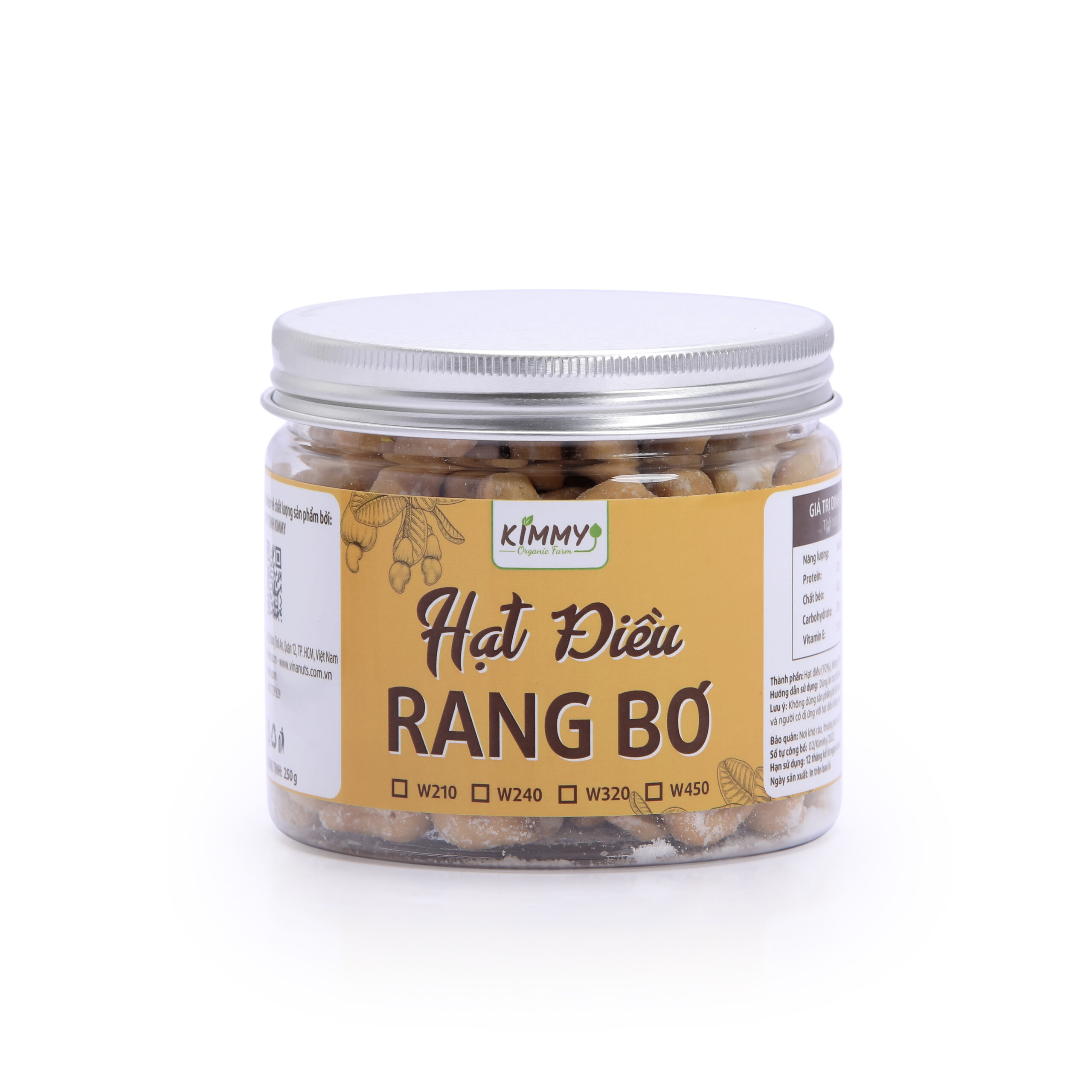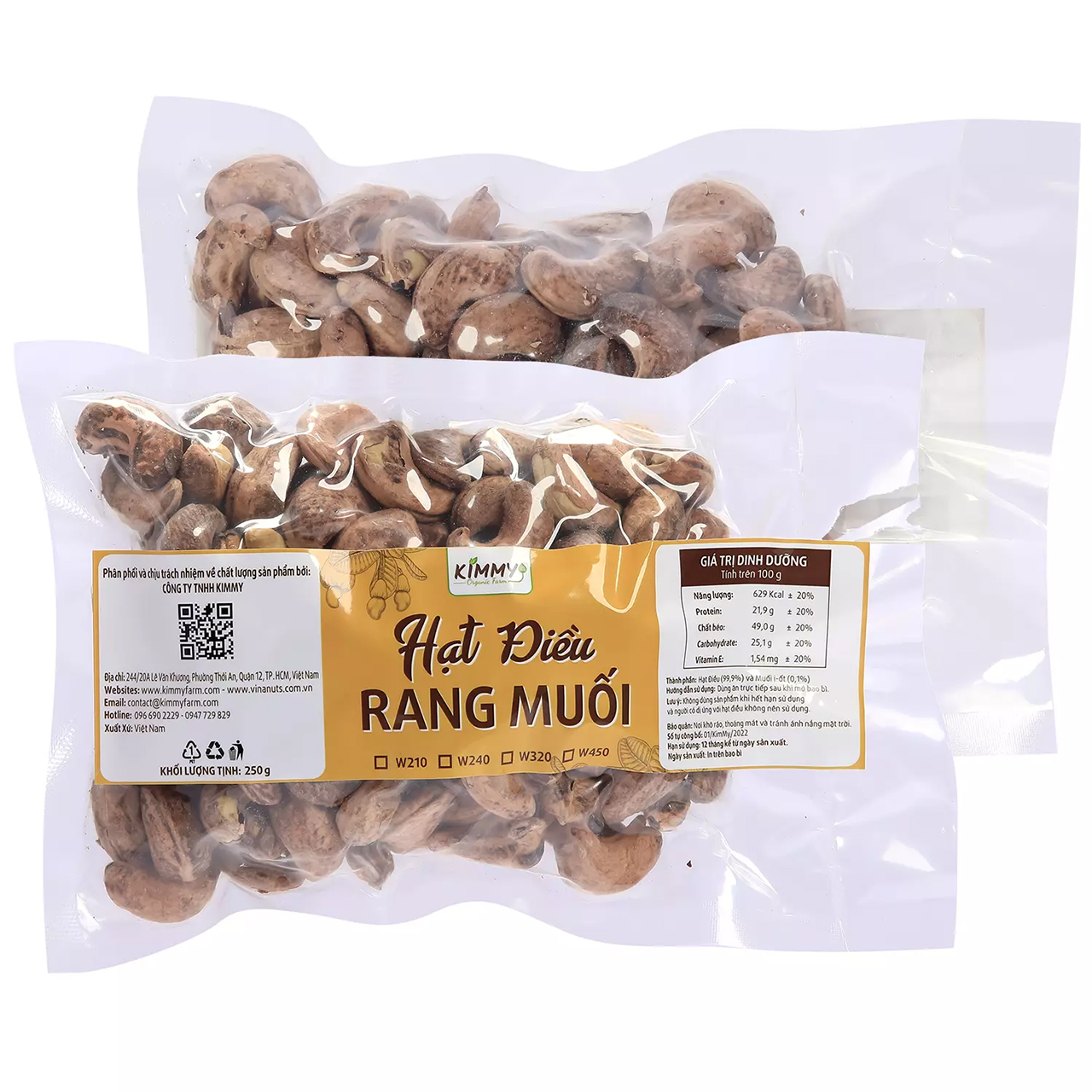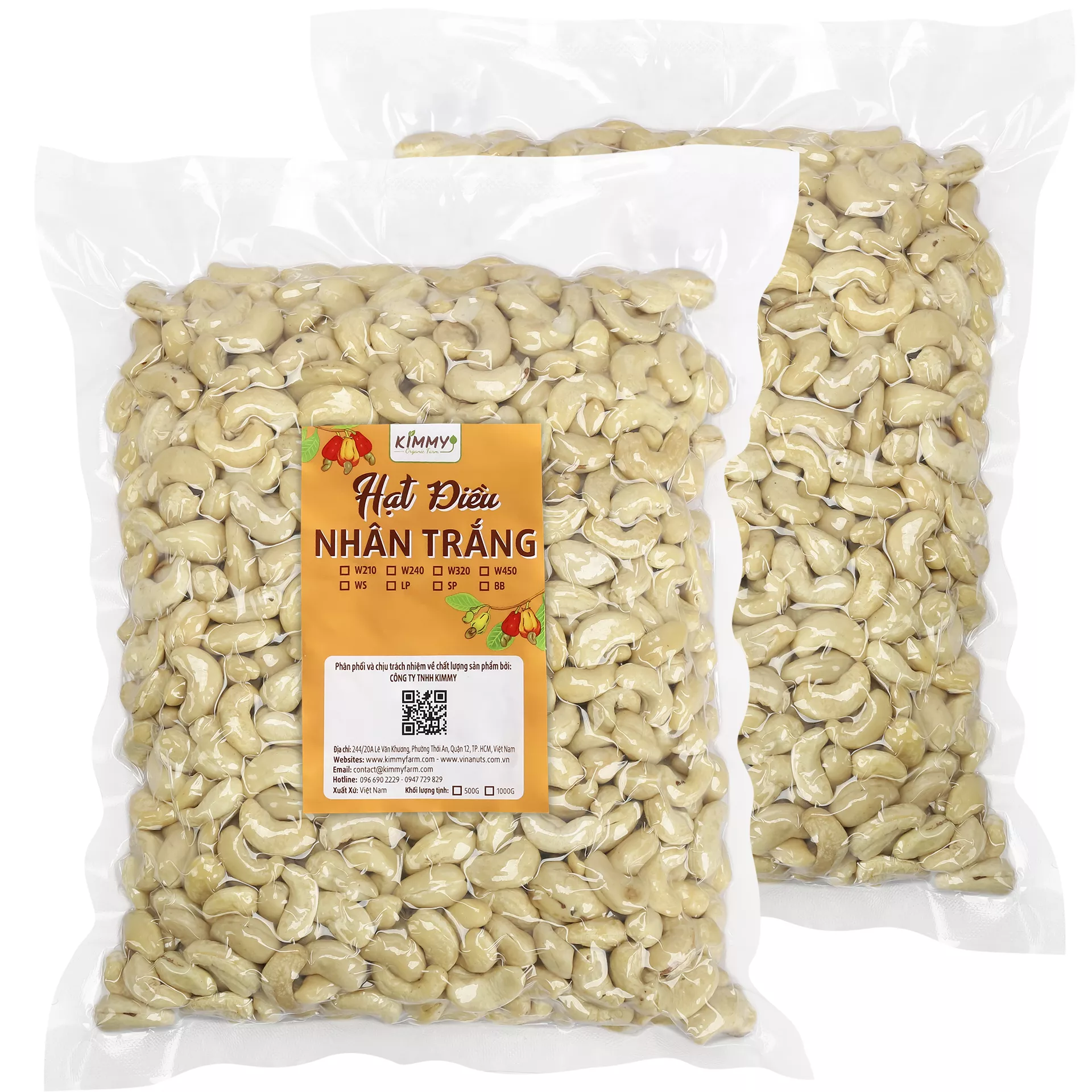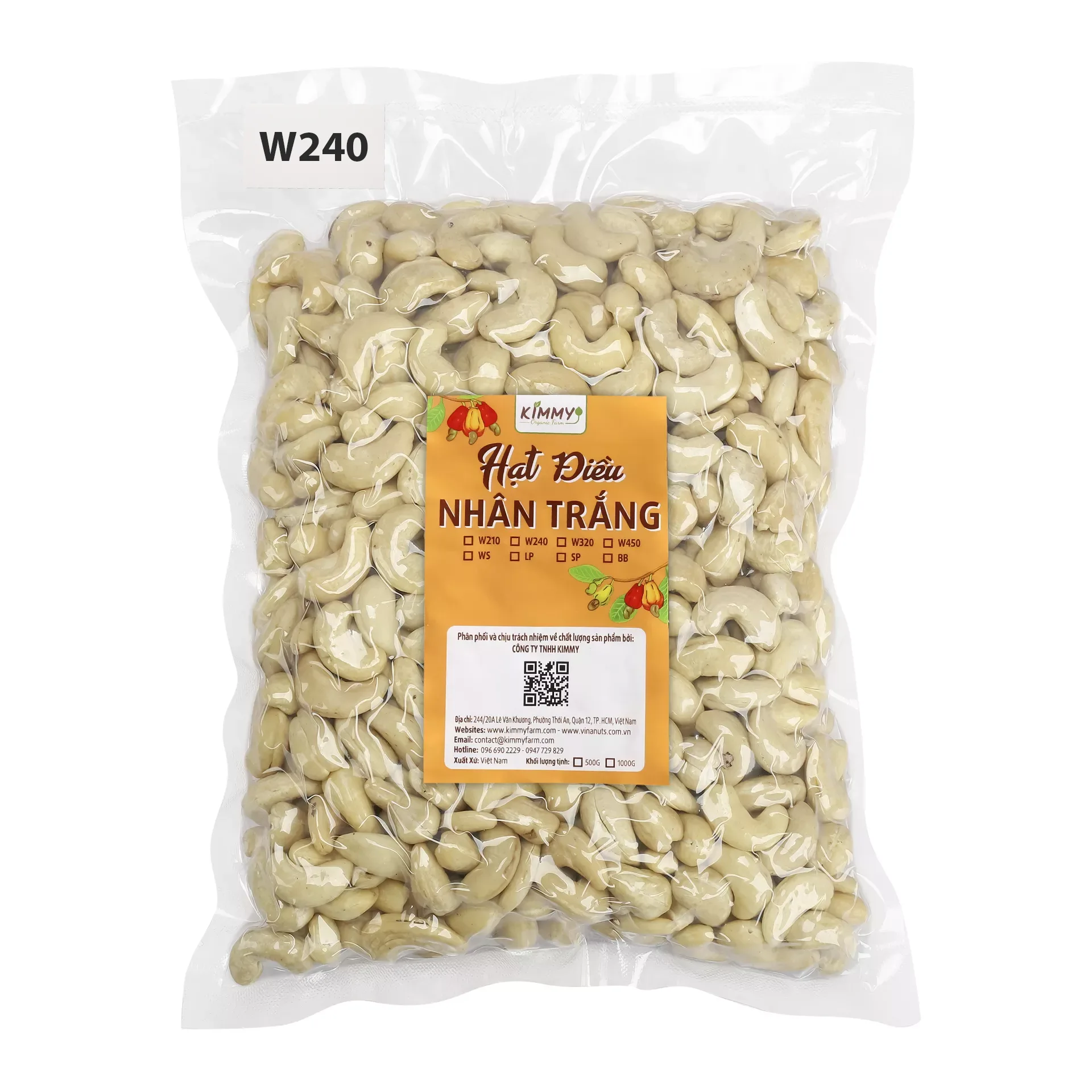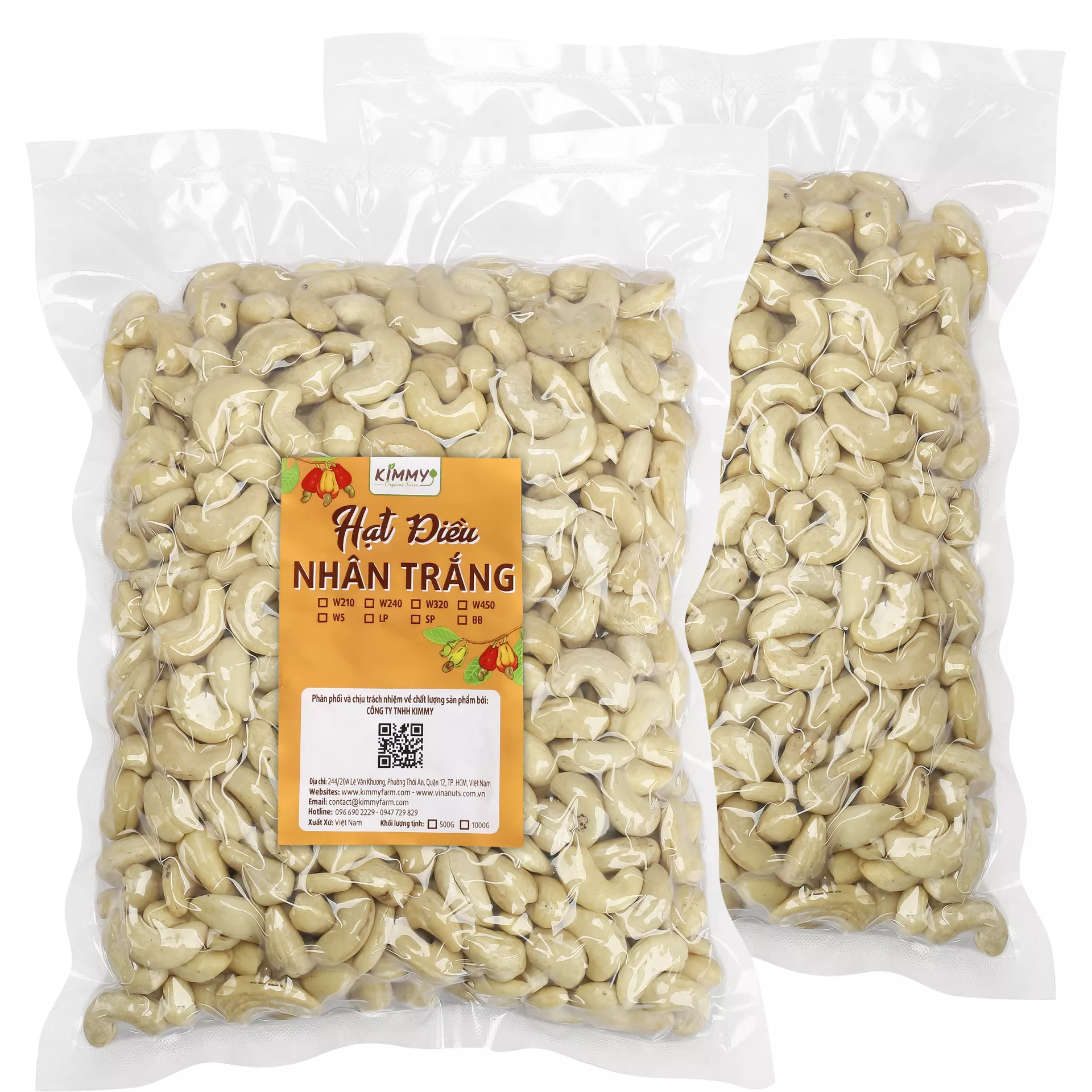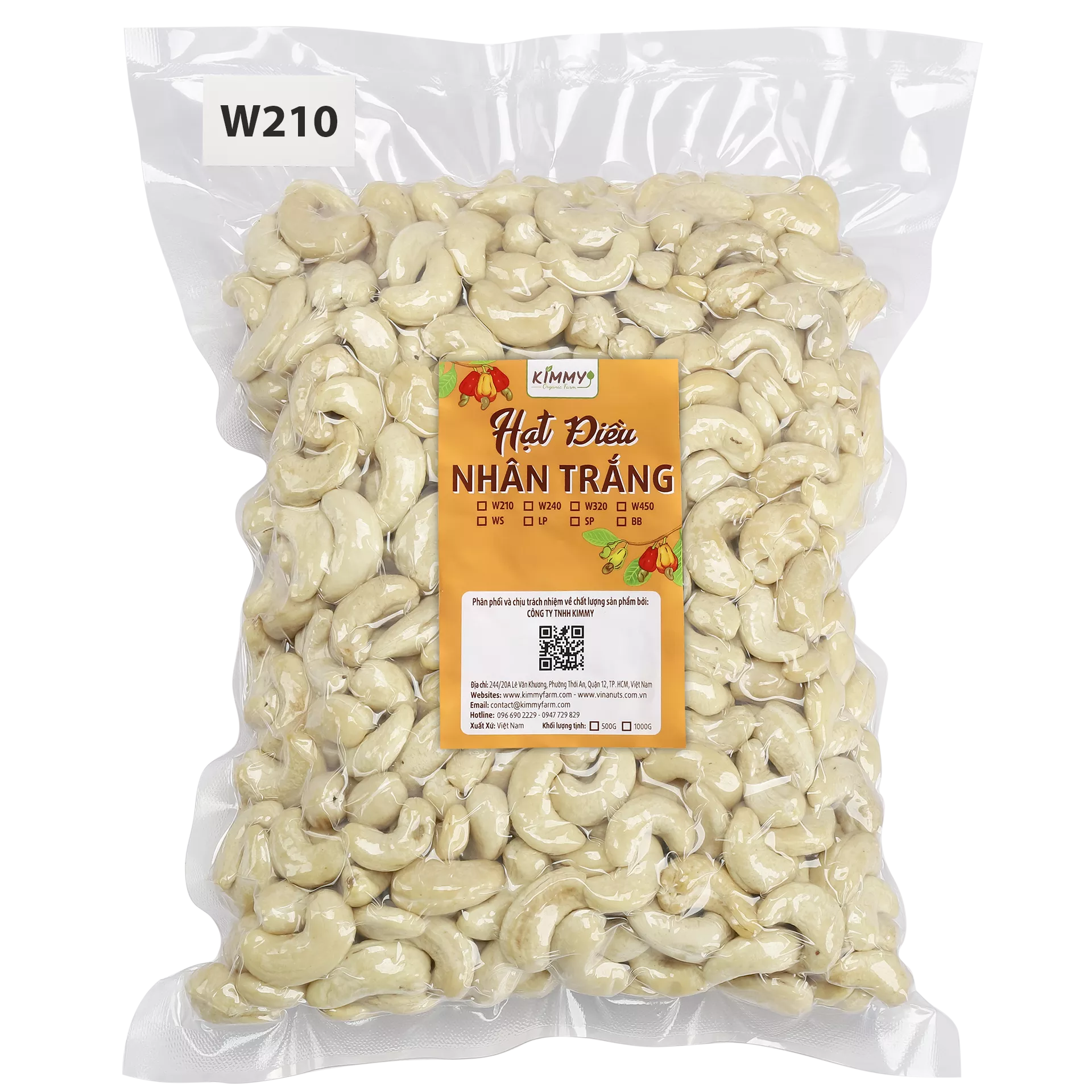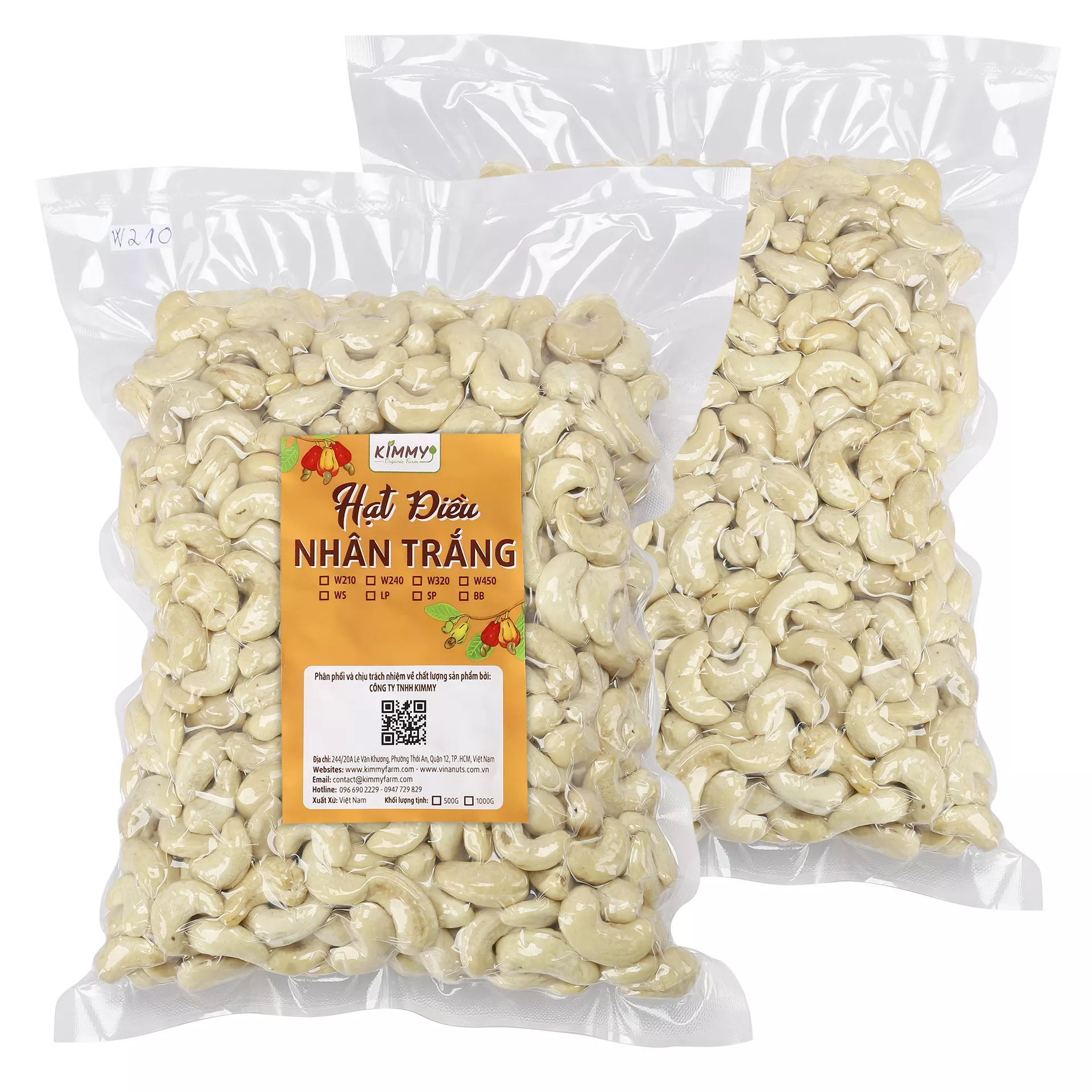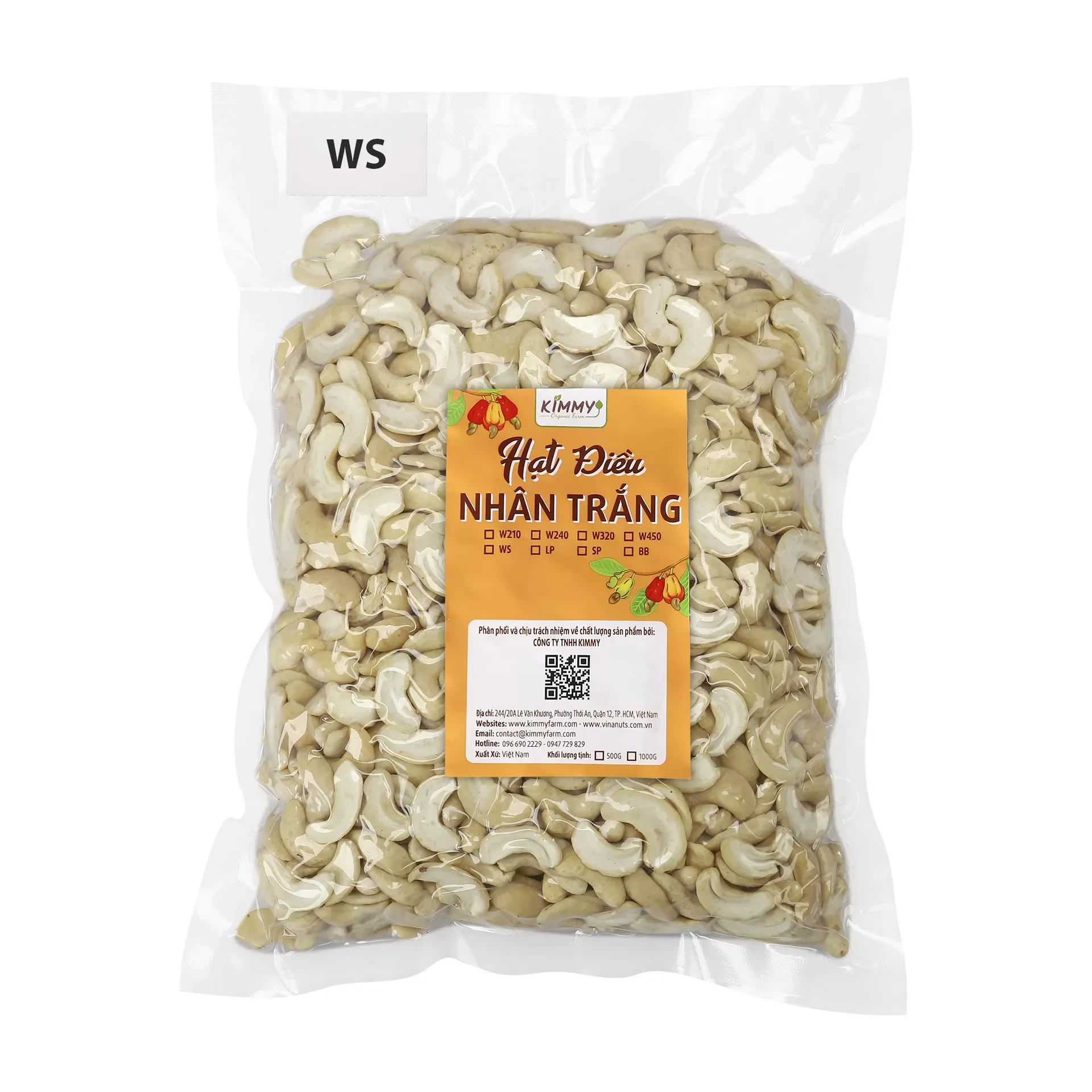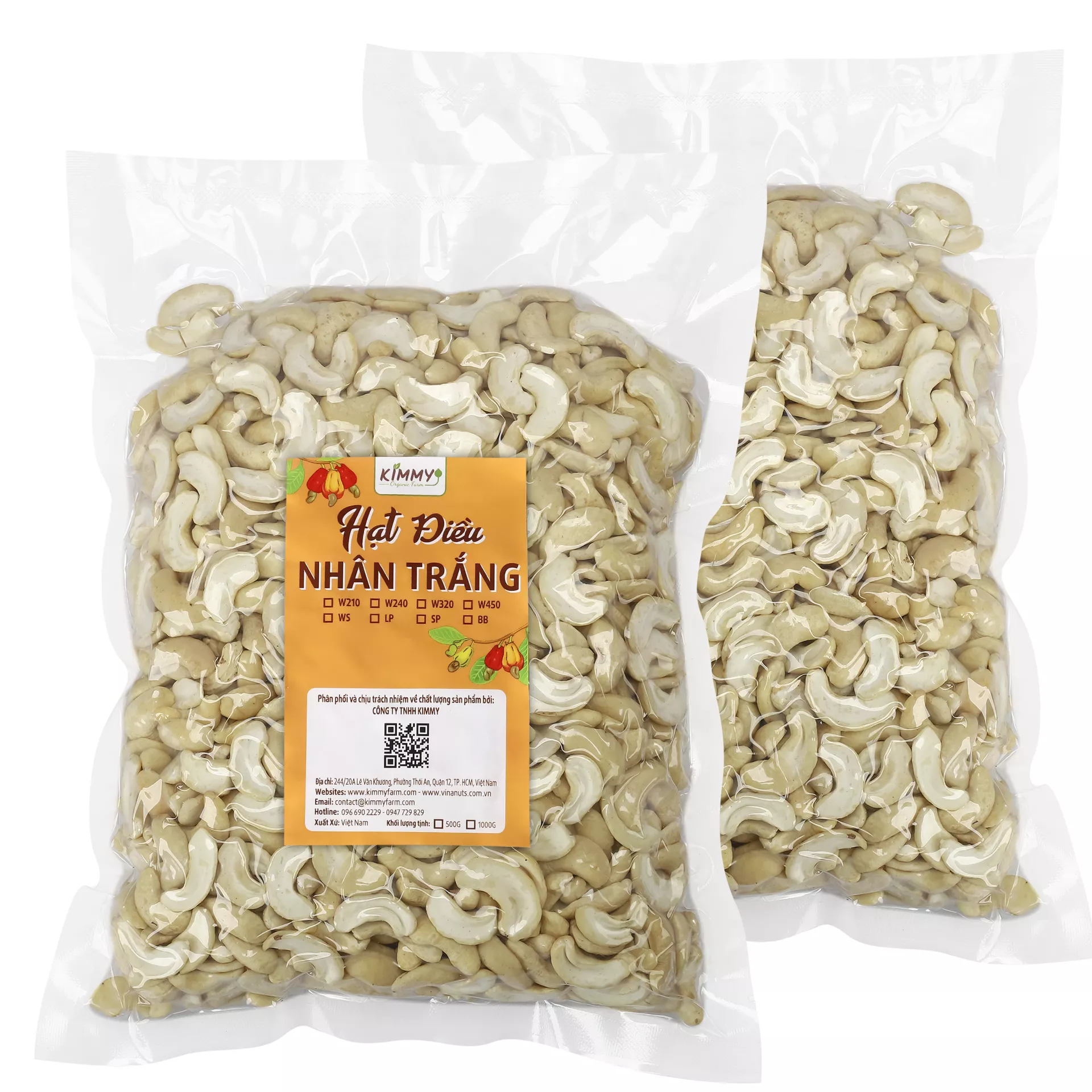Most people are unaware that preparing and cooking an edible bird’s nest can be a rewarding culinary experience. In this guide, you will learn how to choose high-quality nests, effectively clean them, and master the cooking techniques that bring out their unique flavors. By following these steps, you can create a delicious and nutritious dish that showcases the beauty of this delicacy. Whether you prefer a sweet dessert or a savory soup, you will discover tips that ensure your dish is safe and delightful for consumption.
Buy Quality Edible Bird’s Nest
Some necessary factors contribute to the experience of enjoying edible bird’s nests, and selecting quality nests is at the forefront. You want to ensure that your nests are of the highest standard, which begins with understanding how to identify genuine ones. Through careful examination and diligence, you can enjoy the delightful culinary benefits that high-quality bird’s nests offer.
Identifying Genuine Bird’s Nests
Behind the allure of edible bird’s nests lays a market that can sometimes be marred by inferior products. Genuine nests are typically made from the saliva of swiftlets and should possess a white, golden, or red hue. You should look for nests that are free from any signs of discoloration, mold, or contaminants, as these may indicate poor quality or unsafe sourcing. A well-prepared nest will be firm but pliable, retaining a soft, gelatinous texture after cooking, serving as a clear indicator of its authenticity.
=> Read More: Type Of Edible Bird’s Nest: White, Red, Golden Nests…
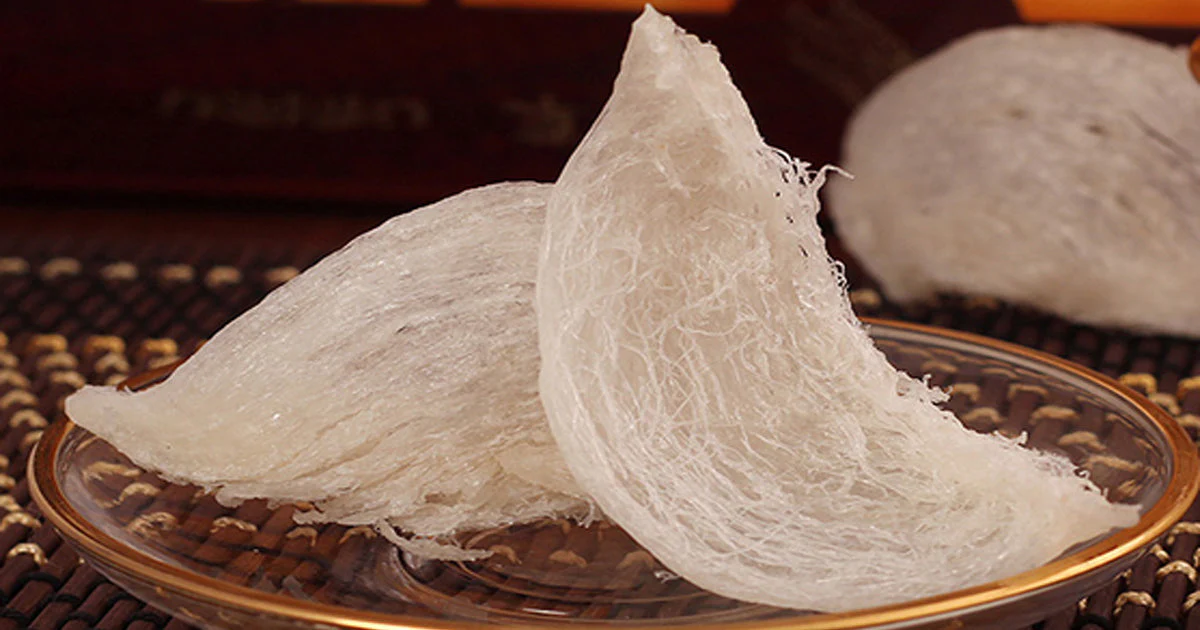
Reliable Sources for Purchase
Before making your purchase, identify reputable sources that specialize in edible bird’s nests to ensure that what you are buying is safe and genuine. Check for certifications or endorsements from food safety authorities to ascertain that the nests have been harvested and processed according to regulatory standards. An established supplier should have a transparent supply chain, providing detailed information about the origin of their products. Another way to verify reliable sources is by seeking out customer reviews and testimonials. Look for companies that have a solid reputation in the market, particularly ones, like Kimmy Farm, that have a commitment to sustainable practices and quality assurance. Engaging with knowledgeable suppliers can further enhance your purchasing experience, allowing you to gain insights into the product’s provenance.
=> Read More: What is Edible Swiftlet Bird’s Nest and How To Classification
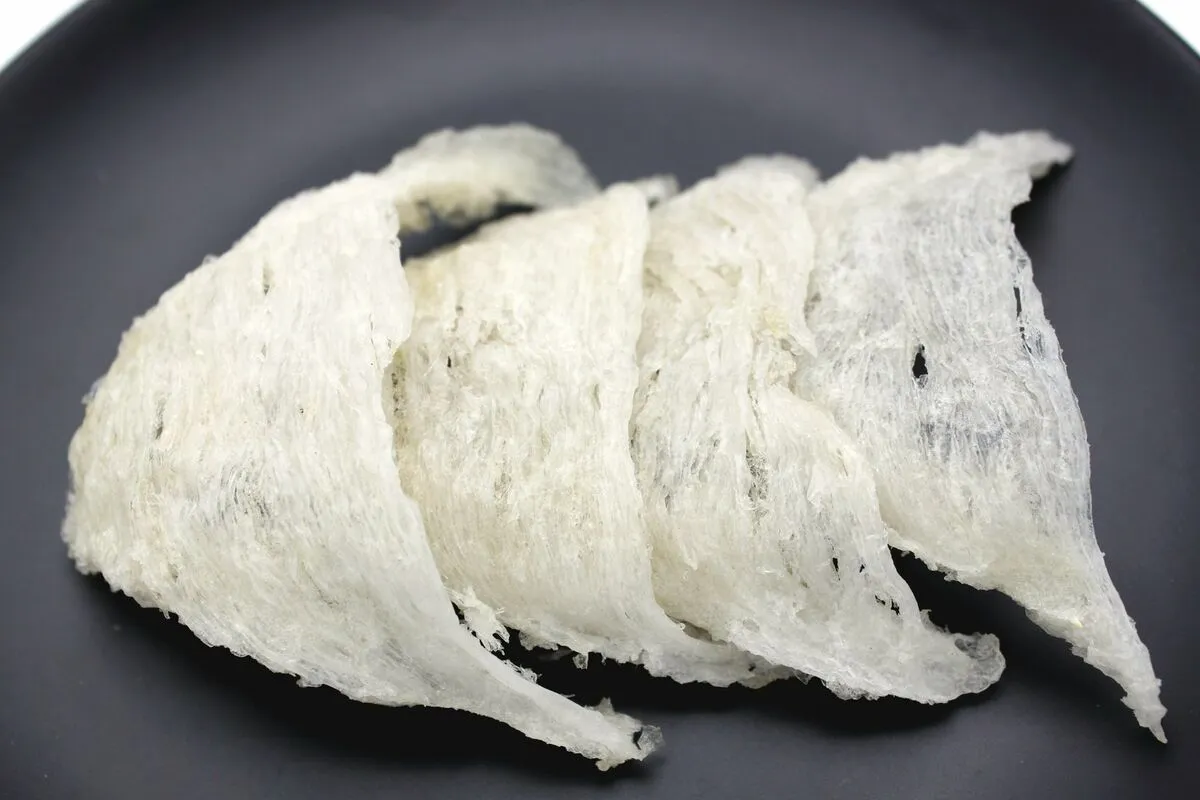
Price Considerations
Across the spectrum of edible bird’s nests, prices can vary significantly based on quality, type, and geographical sourcing. While you may come across lower-priced options, it’s vital to evaluate whether they reflect genuine quality. Generally, authentic edible bird’s nests command a higher price due to the labor-intensive harvesting process and the rarity of the swiftlet saliva that creates them. Purchase wisely, as opting for extremely cheap nests might lead to receiving inferior or even harmful products. A good rule of thumb is to aim for a reputable supplier who offers transparent pricing that reflects the quality of the nests. Investing in quality ensures that you are not only enjoying a delicious dish but also safeguarding your health.
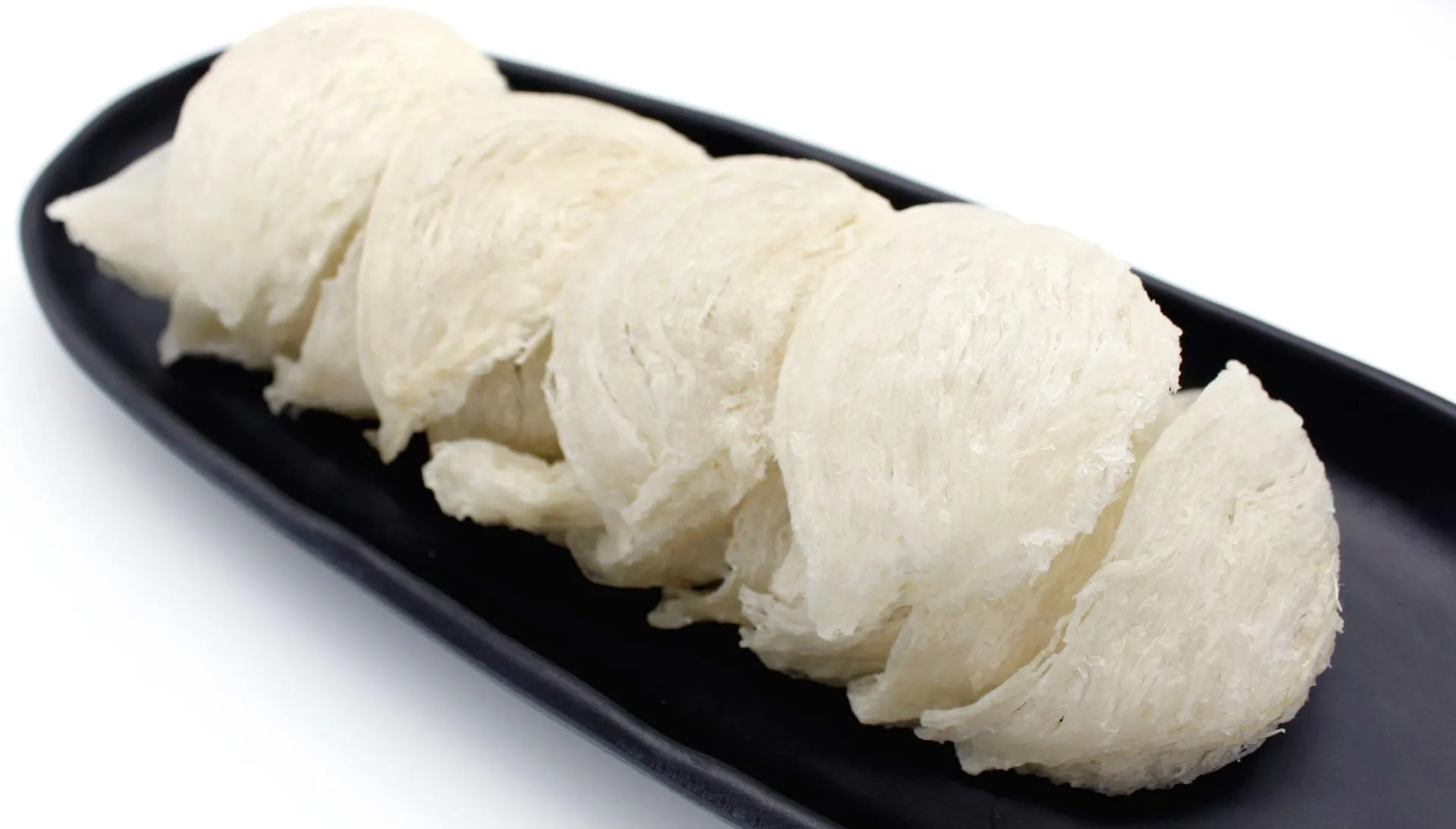
Preparation of Bird’s Nest
Unlike many other ingredients, preparing edible bird’s nests requires careful handling and attention to detail. The process involves several steps, including soaking, cleaning, and cooking, ensuring that you achieve the perfect texture and flavor. By following these preparatory guidelines, you can enhance your culinary experience and fully appreciate the unique qualities of this delicacy.
=> Related Article: White Bird’s Nest: Nutrition, Health Benefits, How to Use
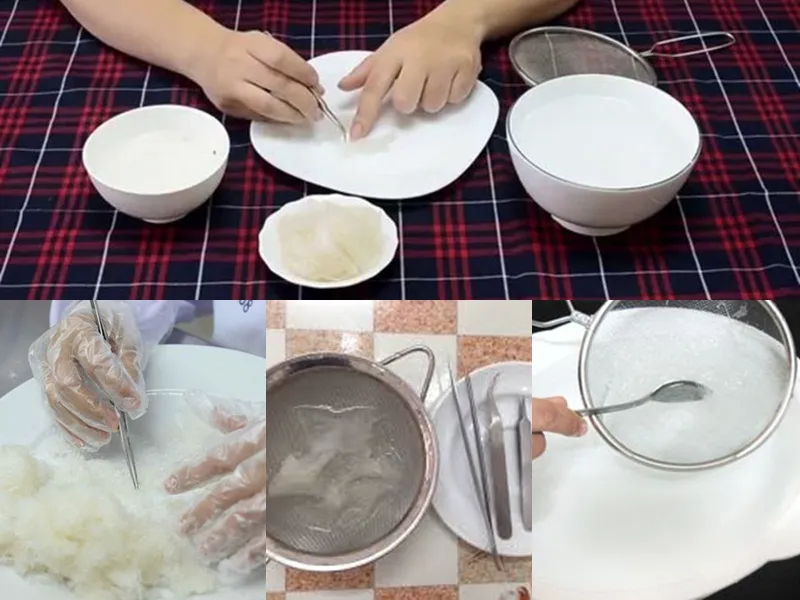
Necessary Tools and Ingredients
After gathering the necessary tools and ingredients, you will be ready to begin on your journey of preparing edible bird’s nests. First, you will need a bowl for soaking, a clean working surface, tweezers for cleaning, and ceramic bowls for cooking. Additionally, make sure to have filtered water on hand, as it plays a critical role in both soaking and cooking processes. You may also prepare ingredients like rock sugar or various fruits such as red dates and goji berries if you plan to flavor your dish.
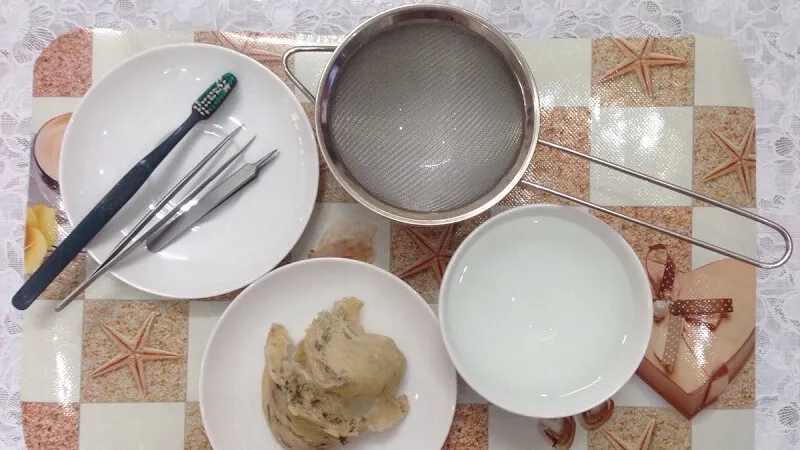
Soaking the Bird’s Nest
An imperative first step in preparing your bird’s nest is soaking it in clean, room-temperature water. This process typically lasts between 30 to 45 minutes or overnight if the nest is thicker. The soaking helps to soften the nest, making it easier for you to clean and ensuring that the subsequent cooking process yields a delightful, gelatinous texture. Tools for soaking are simple; a bowl filled with enough water to cover the nest will suffice. This hydration not only prepares the nest for cleaning but also infuses it with moisture, which is vital for achieving the luxurious consistency that many people seek. By allowing your bird’s nest to soak adequately, you are setting the stage for a delicious final dish.

Cleaning Process
For the next step, cleaning your bird’s nest thoroughly is of utmost importance to avoid any impurities. Once the nest has soaked, gently separate the strands using your fingers or the tweezers to identify and remove any feathers, debris, or impurities that may have lodged within. Rinsing the nest under clean water after the initial cleaning will help ensure that it is completely free of contaminants. Considering the delicate nature of bird’s nests, it’s imperative to handle them gently during this cleaning process. This not only preserves the nest’s structure but also ensures a safe and enjoyable dining experience. You should pay close attention to any remaining dirt or feathers, as the cleanliness of the final product affects the overall taste and presentation of your dish.
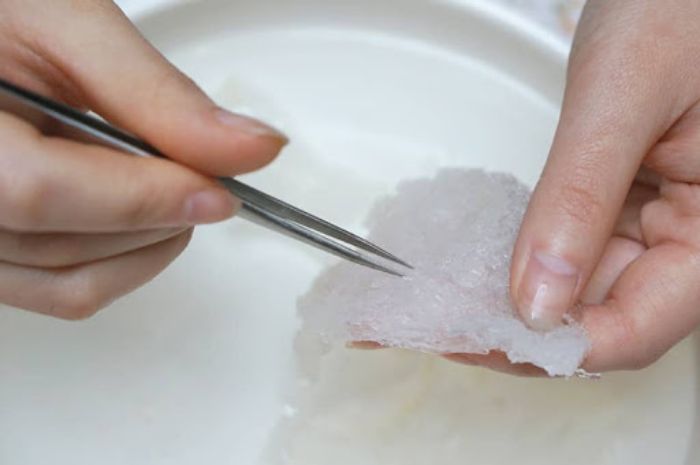
Cooking Techniques
Once again, the charm of preparing an edible bird’s nest lies in the various cooking techniques that can enhance its delicate flavor and texture. Understanding the right methods will not only unlock the full potential of this unique ingredient but also ensure that you achieve the perfect consistency. Among the most popular techniques are the double boiling and steaming methods, both of which offer distinct advantages when it comes to preparing this gourmet delicacy.
=> Related Article: Edible Swiftlet Bird Nest Benefits and Side Effects You Need To Know
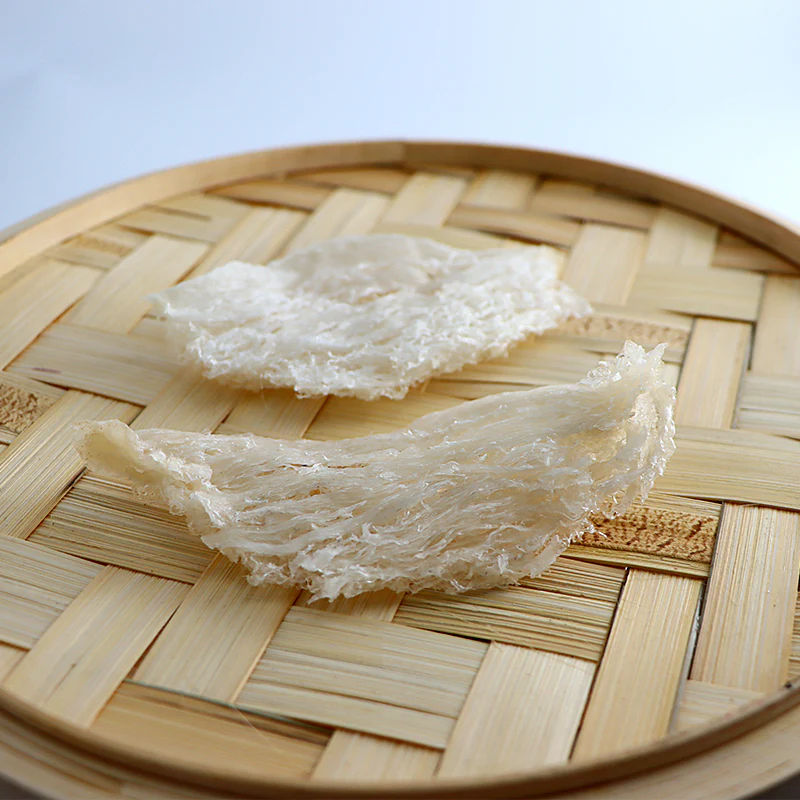
The Double Boiling Method (Steaming)
Cooking with the double boiling method delivers a gentle heat that ensures your bird’s nest cooks evenly and retains its delicate qualities. You start by placing the cleaned bird’s nest in a small ceramic bowl, covering it with filtered water, and then placing that bowl inside a larger pot filled with water. Simmer this setup on low heat for about 1-2 hours, checking periodically to ensure the water in the outer pot doesn’t boil off completely. The gentle simmering will transform the nest into a soft and gelatinous treat.
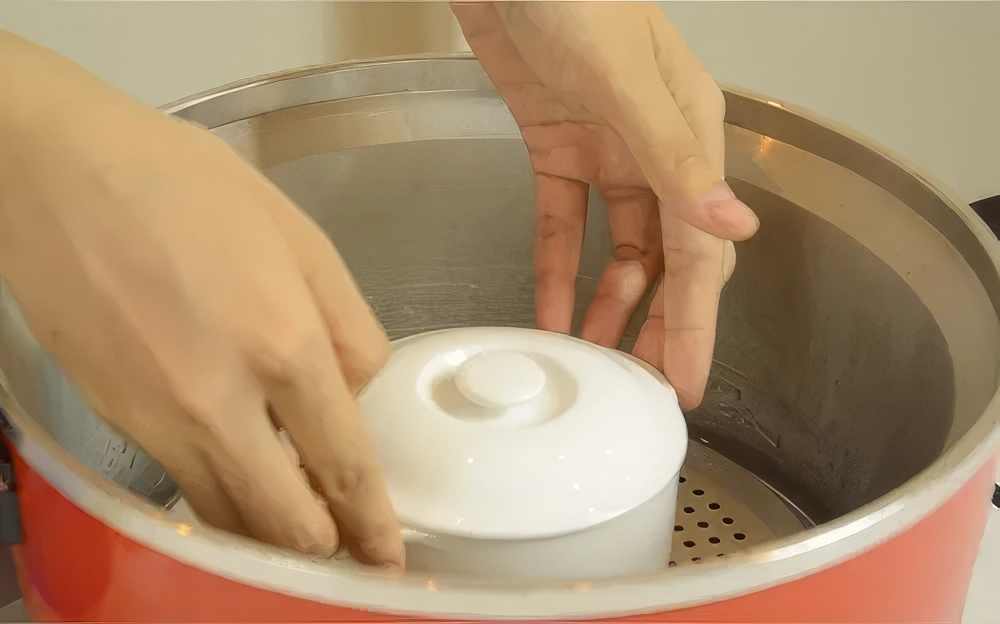
Your attention to detail during this cook time will yield a bird’s nest that is not only delicious but also visually appealing, perfect for serving as a dessert or an ingredient in savory dishes. The double boiling method may take longer than other techniques, but the results are well worth the time invested.
About Cooking Time, Temperature
In cooking methods, paying attention to cooking time and temperature is crucial for achieving the desired texture and flavor. Here’s a breakdown of the recommended cooking times and techniques:
| Cooking Method | Time |
| Double Boiling | 1-2 hours on low heat |
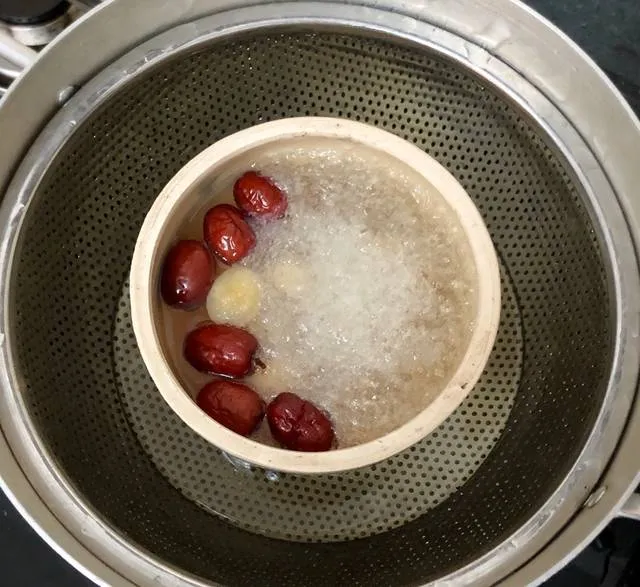
And to ensure that your bird’s nest remains safe and palatable during cooking, it’s important to monitor the water levels in your cooking vessel. The methods rely on steam and moisture to prevent the nest from drying out, which could compromise its delicate structure. By adhering to these guidelines, you’ll maximize the flavors of the edible bird’s nest while also providing a safe culinary experience.
Flavoring Variations
Now that you have learned how to prepare and cook edible bird’s nest, it’s time to explore various flavoring options that can elevate your dish. Depending on your preferences, you can choose between sweet preparations or savory options to create a delightful culinary experience. Each variation not only enhances the natural flavor of the bird’s nest but also allows you to incorporate your favorite ingredients into your dish.
Sweet Preparations
Above all, sweet preparations can turn your bird’s nest into a tantalizing dessert that is both exquisite and nutritious. Common ingredients used for flavoring include rock sugar, red dates, goji berries, and lotus seeds. You can add these ingredients during the last 15 minutes of cooking, allowing their natural sweetness to infuse into the gelatinous texture of the bird’s nest. This combination results in a fragrant dessert that appeals to a wide audience, making it perfect for gatherings or special occasions. In addition to the above ingredients, you can also experiment with different types of fruits and even add a splash of coconut milk for a rich and creamy touch. The unique texture of the bird’s nest paired with sweet, aromatic flavors gives you a culinary masterpiece that is both aesthetically pleasing and delightful to your taste buds.
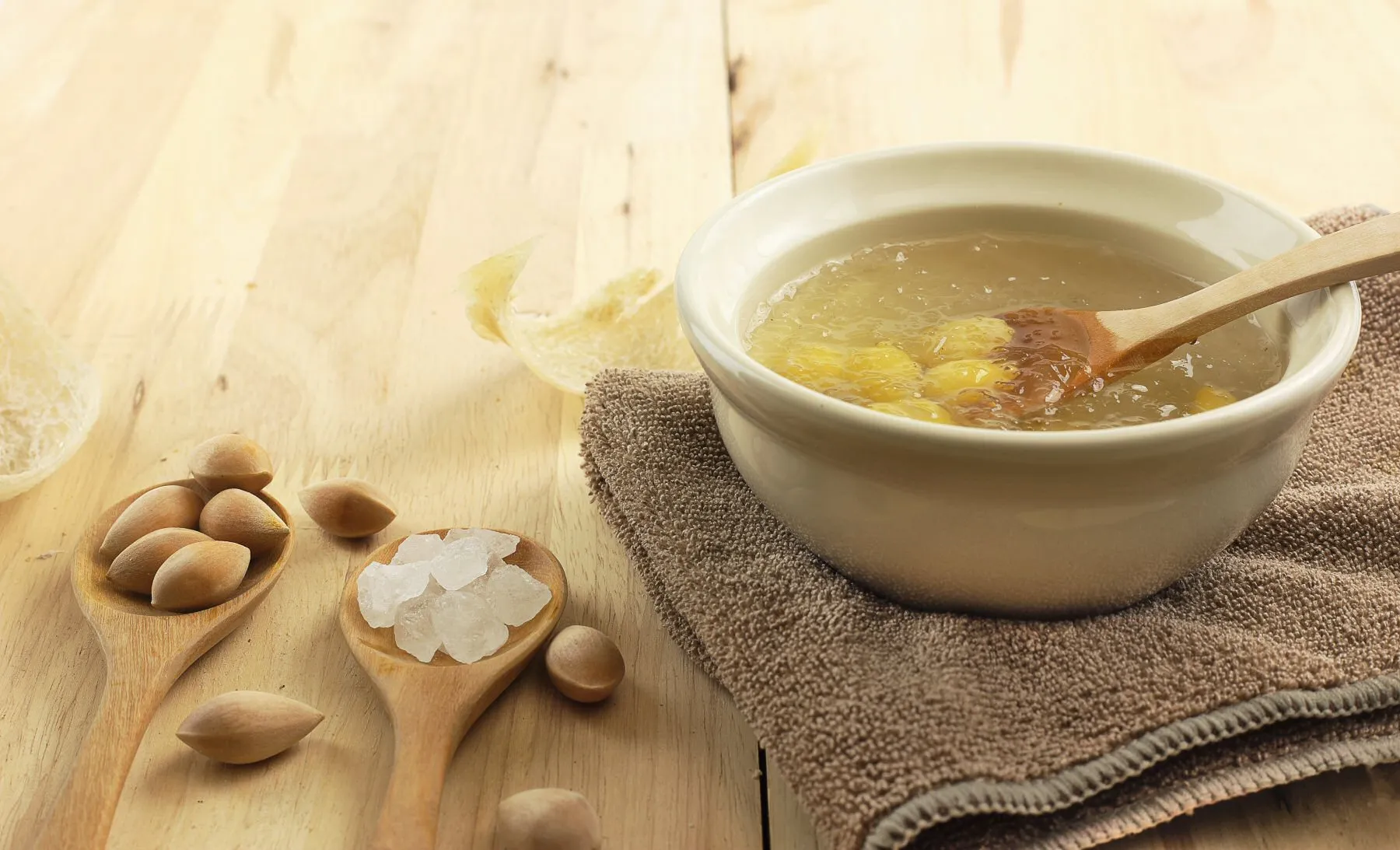
Savory Options
At the same time, savory options can bring out a different dimension in your edible bird’s nest preparation. You might consider incorporating the cooked bird’s nest into chicken broth or various soups. The gelatinous consistency of the bird’s nest beautifully complements the warm flavors of savory broth, resulting in a comforting and nourishing dish. Consequently, using the bird’s nest in savory dishes allows for creativity and variety. Beyond soups, you can incorporate it into intricate dishes featuring braised meats or steamed fish, adding a unique texture and an upscale twist to traditional recipes. The ease of integration allows you to personalize your meal while still celebrating the star ingredient—edible bird’s nest.
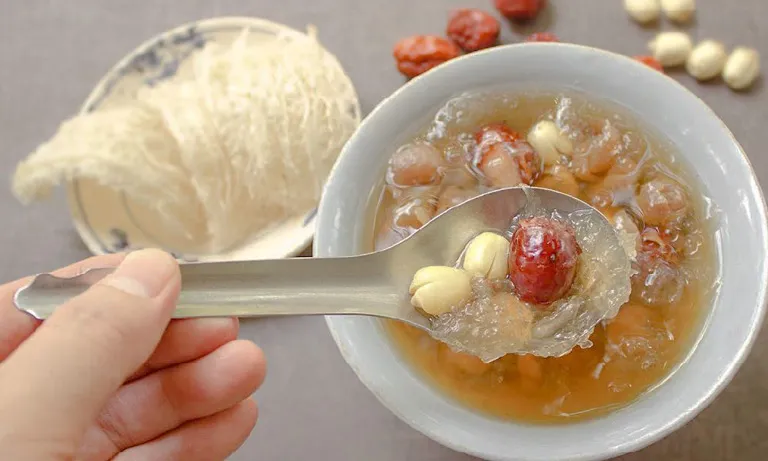
Pairing Suggestions
Flavoring your edible bird’s nest preparation is only one part of the equation; pairing it with the right ingredients can truly enhance your culinary experience. Consider serving your sweet dessert version alongside fresh fruits, coconut milk, or even ice cream to delight your guests and add layers of flavor. Conversely, for savory preparations, you may want to add herbs such as ginger, spring onions, or parsley to uplift the dish. This thoughtful approach to flavoring and pairing not only showcases the versatility of edible bird’s nest but also transforms it into a luxurious culinary experience. By choosing the right accompaniments, you can create a dish that not only satisfies but also impresses anyone fortunate enough to indulge in it.
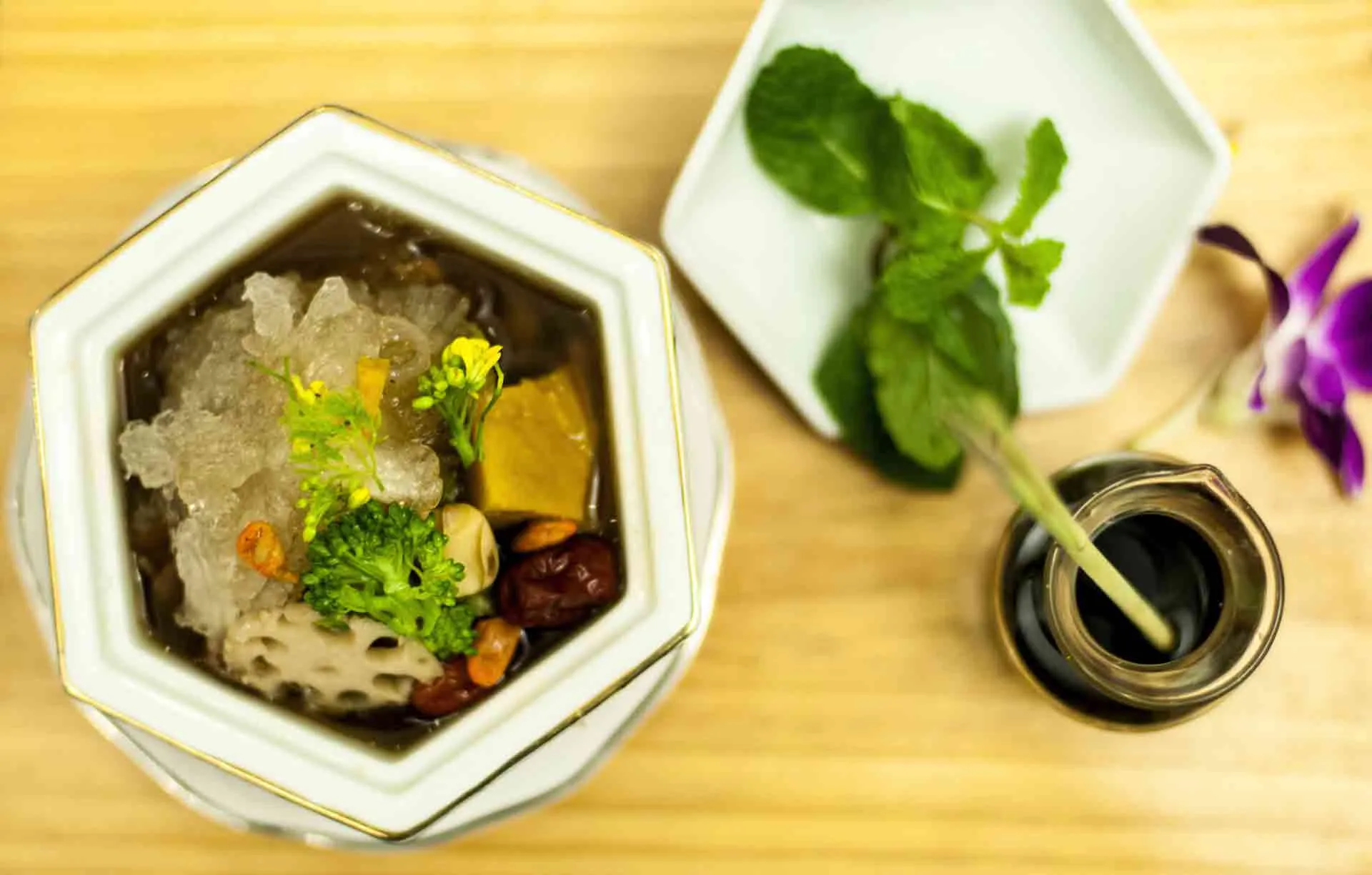
Serving Suggestions
Many people enjoy an edible bird’s nest for its unique texture and health benefits. With respect to serving your carefully prepared nest, the presentation and accompaniments play a vital role in enhancing the dining experience. Let’s explore some traditional serving styles and modern presentation ideas to elevate your dish.
Traditional Serving Styles
Along with its culinary appeal, edible bird’s nest has a long-standing tradition in Asian cultures, often served as a luxurious delicacy. A common way to serve it is in a light, sweet soup. You can prepare a simple broth using ingredients like rock sugar and goji berries, which complement the nest’s delicate flavor. This traditional method not only preserves the dish’s authenticity but also showcases the nest’s unique texture, aligning with cultural practices that have been cherished for centuries. Another traditional approach incorporates the bird’s nest into classic desserts, such as served warm with coconut milk or as a festive dessert platter. This method allows you to indulge in the sweetness while enjoying the health benefits of each bite, further enriching your dining experience.
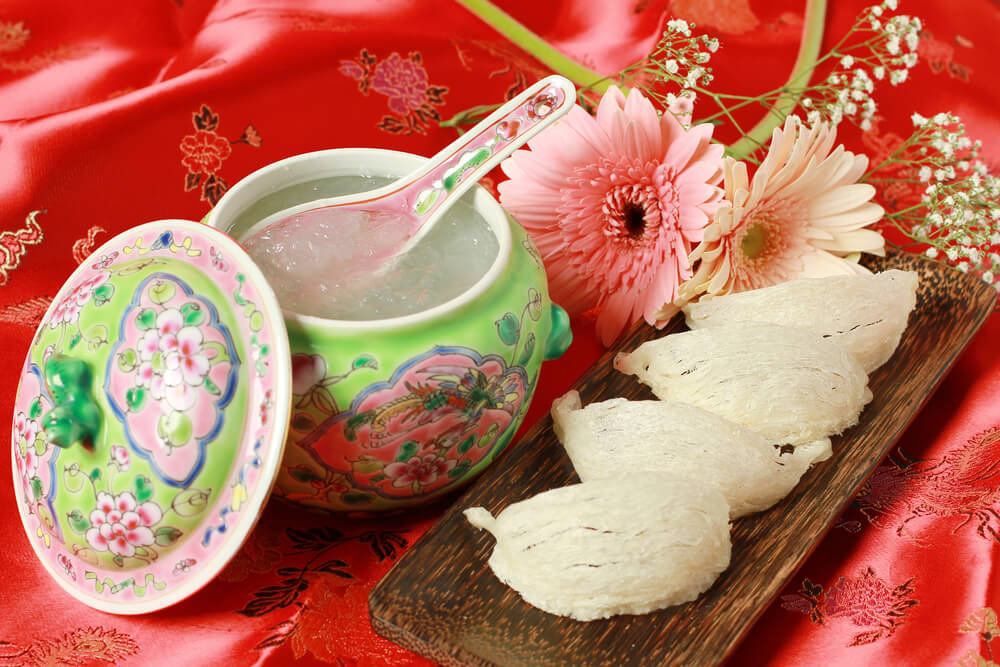
Modern Presentation Ideas
Across contemporary culinary landscapes, many chefs are reinventing how edible bird’s nest is presented. You might consider serving it in elegant, glass dishes to showcase its translucent, gelatinous form. Pairing it with seasonal fruits or garnishes, such as a sprinkle of edible flowers or a drizzle of honey, adds a visual appeal that is sure to impress your guests. But keep in mind, modern aesthetics can also involve playful flavors. Mixing the bird’s nest with innovative ingredients like fruit purees or herbal infusions can take the dish to another level. Try layering the bird’s nest in a dessert parfait with yogurt or creating a fusion mess of flavors, which not only provides a unique taste experience but also caters to various dietary preferences.

Nutrition Considerations for Serving
Beside its exquisite taste, edible bird’s nest is celebrated for its numerous health benefits. Rich in proteins, amino acids, and minerals, it is known to support skin health, boost the immune system, and promote overall well-being. When preparing your dish, opt for natural sweeteners like rock sugar to preserve these health benefits while enhancing flavor. To maximize the nutritional profile of your creation, consider balancing the serving sizes. Be mindful of combining the bird’s nest with ingredients that add important vitamins without overloading on sugars and fats. Using fresh fruits rich in antioxidants or whole grains can help you achieve a well-rounded dish.

Final Words, Preparing, Cook Edible Bird’s Nest
Ultimately, mastering the preparation and cooking of edible bird’s nest allows you to enjoy a unique and nutritious delicacy that has been valued in various cultures for centuries. By carefully selecting high-quality nests and thoroughly cleaning them, you ensure that your dish is both safe and delightful. Whether you prefer a sweet dessert or a savory addition to soups, the versatility of bird’s nest means there is a preparation method that will suit your palate and enhance your culinary repertoire. As you launch on your journey of cooking edible bird’s nest, keep in mind the importance of proper cooking techniques, such as double boiling, to achieve the desired texture. With the right flavor enhancements and thoughtful presentation, you can create an impressive dish that not only satisfies your taste buds but also elevates your dining experience. Enjoy the process, and savor each delicious bite of your culinary creation!
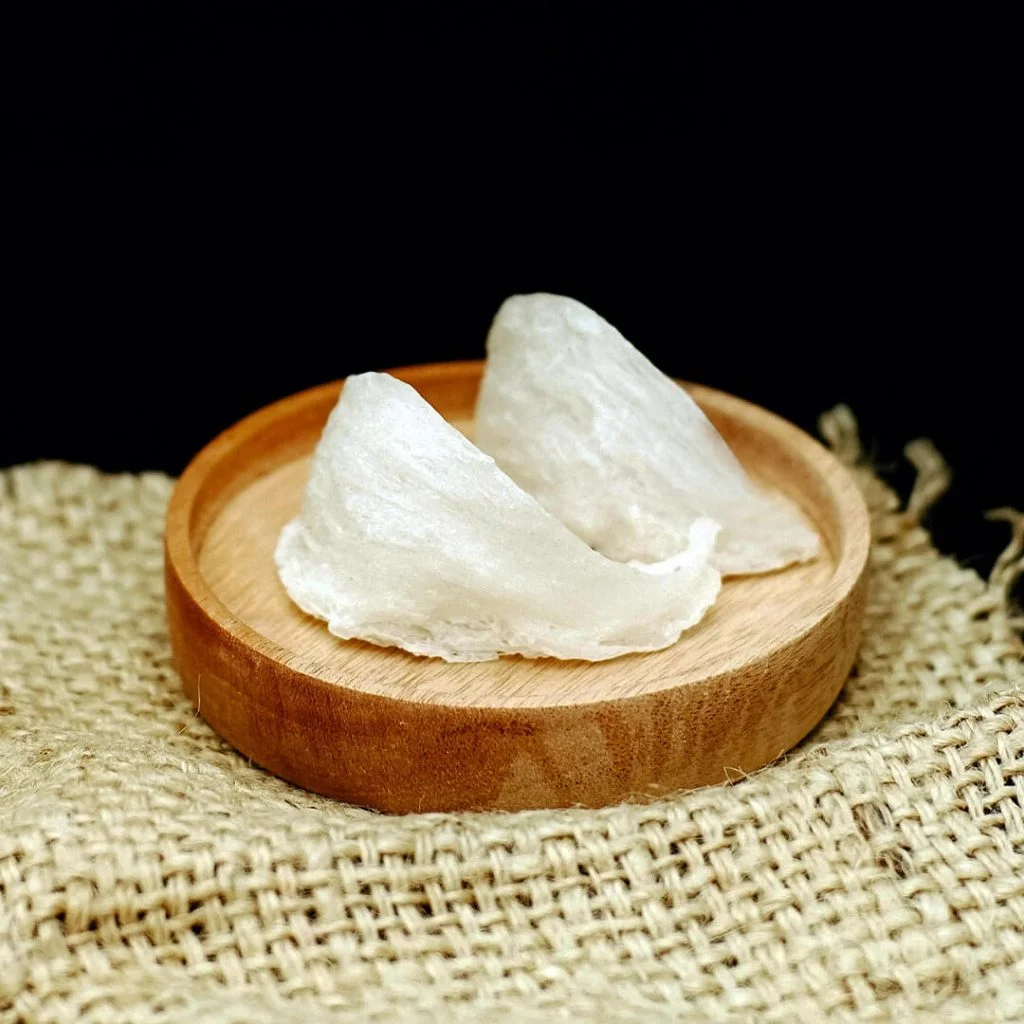
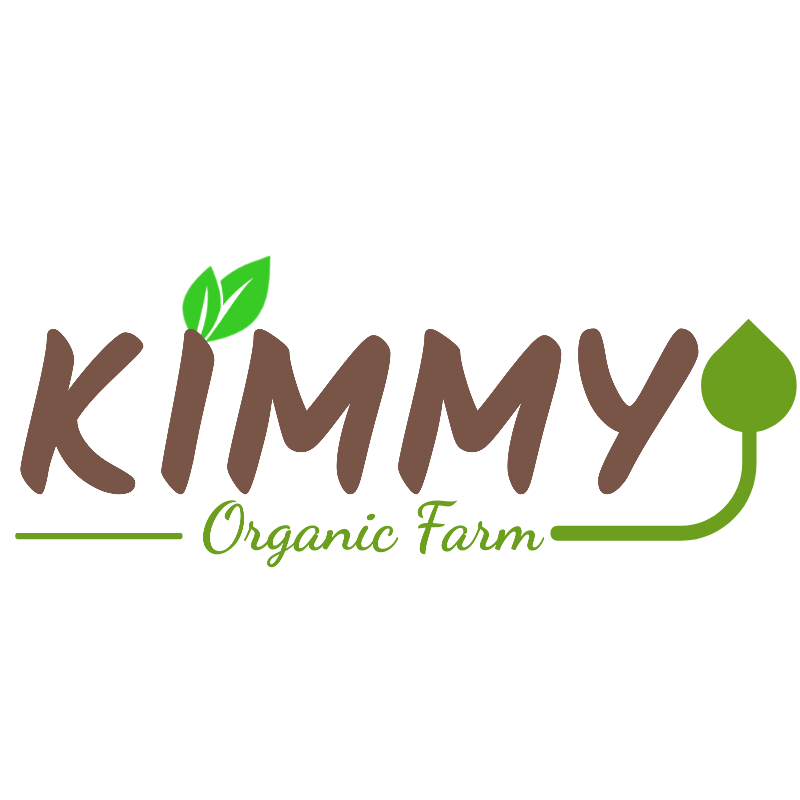
A brand specializing in the production and export of agricultural products in Vietnam. We have a black soldier fly farm in Tay Ninh and a cashew growing area in Binh Phuoc. The main export products of the company are: cashew nuts, cashew nut kernels, black soldier fly, frozen seafood, shrimp, prawns, catfish… from Vietnam.

